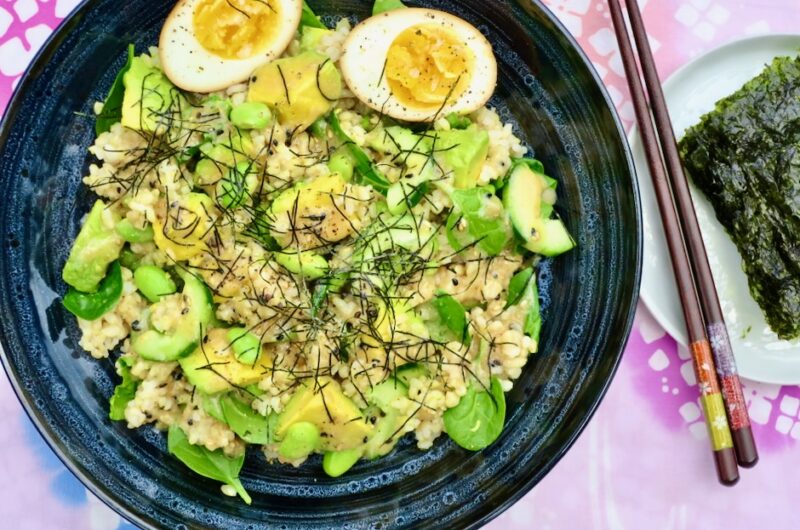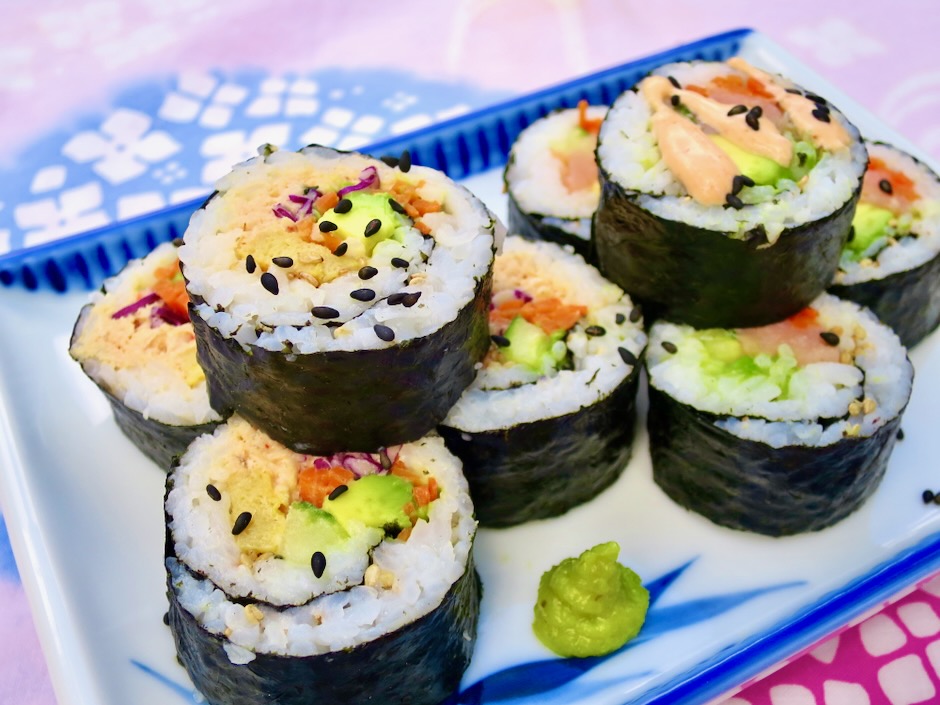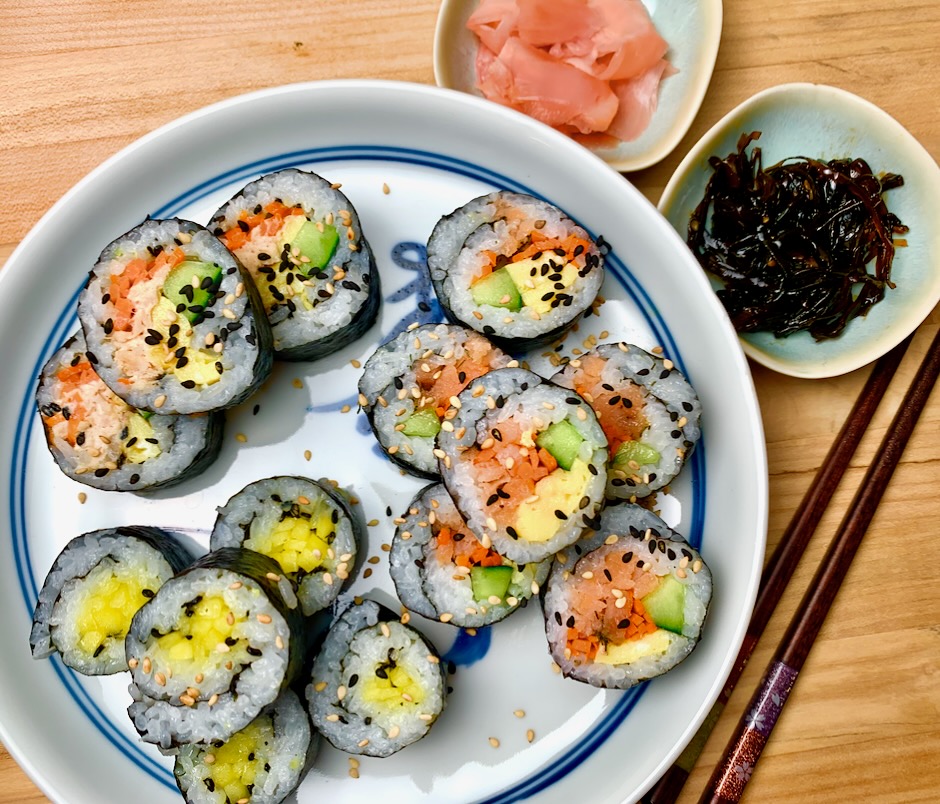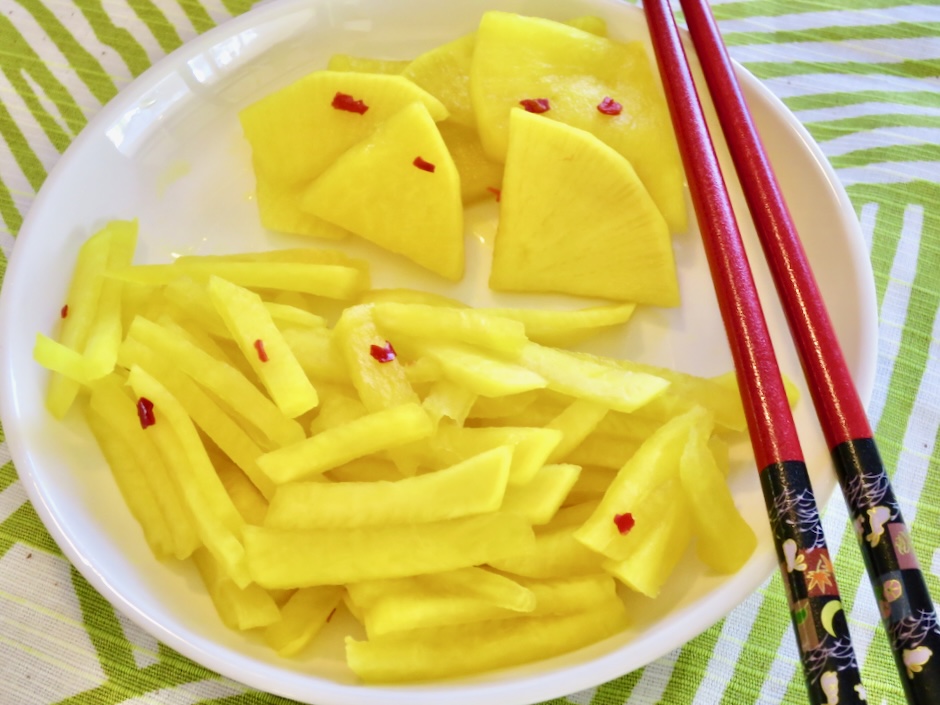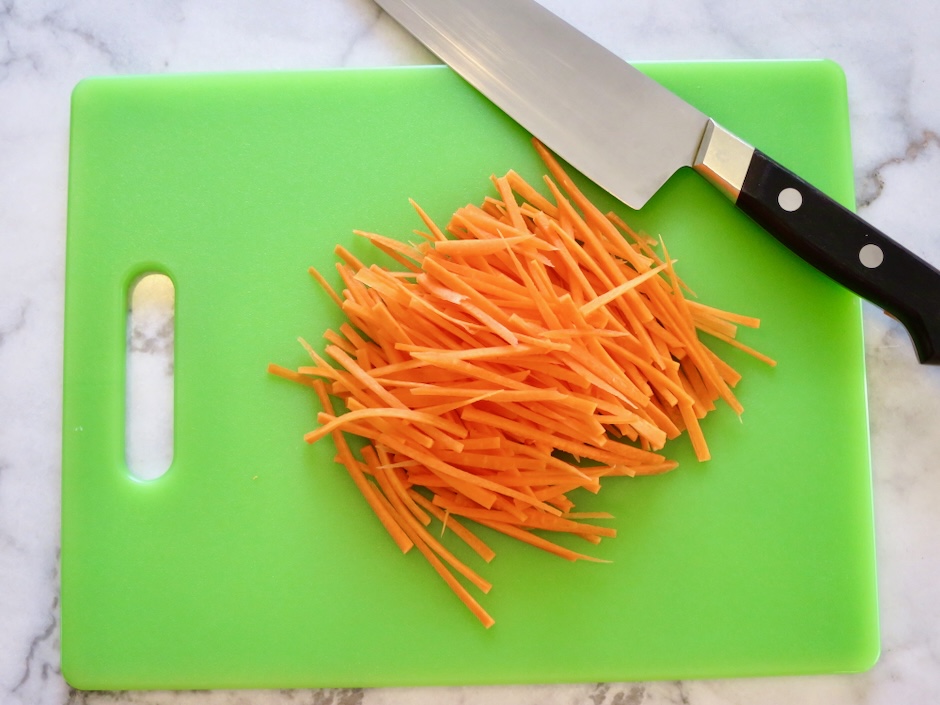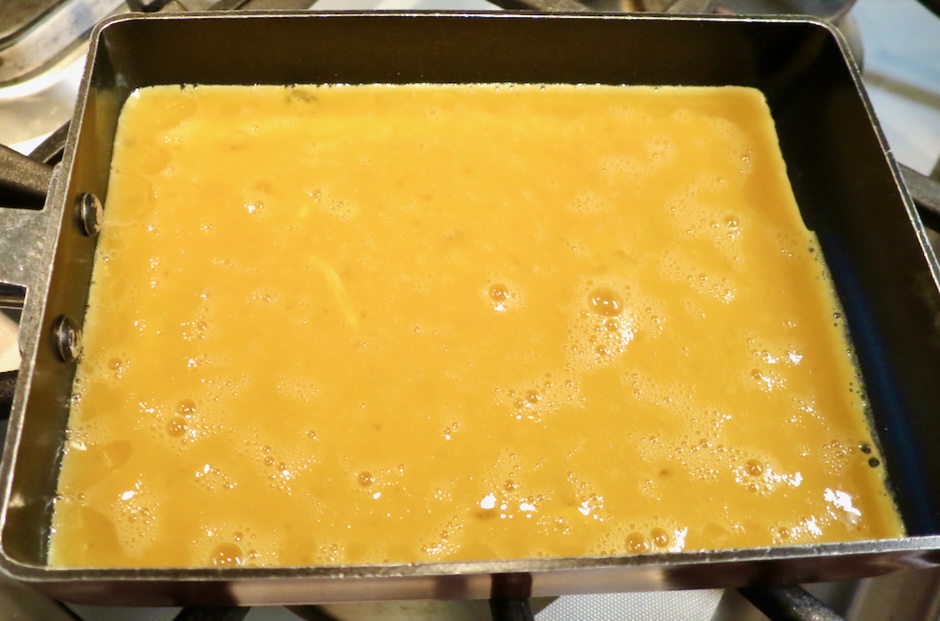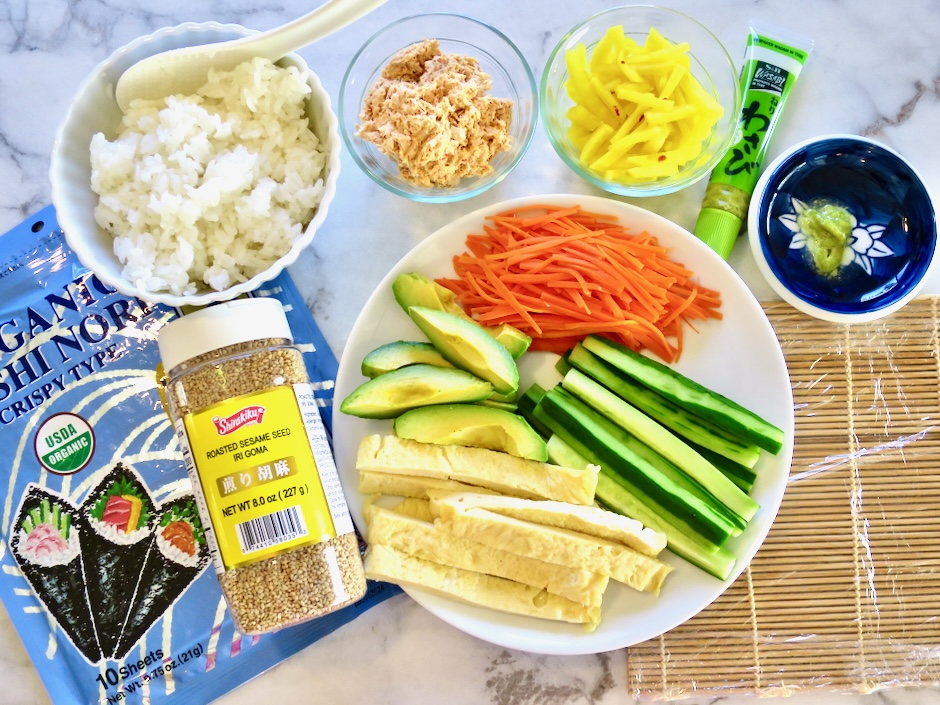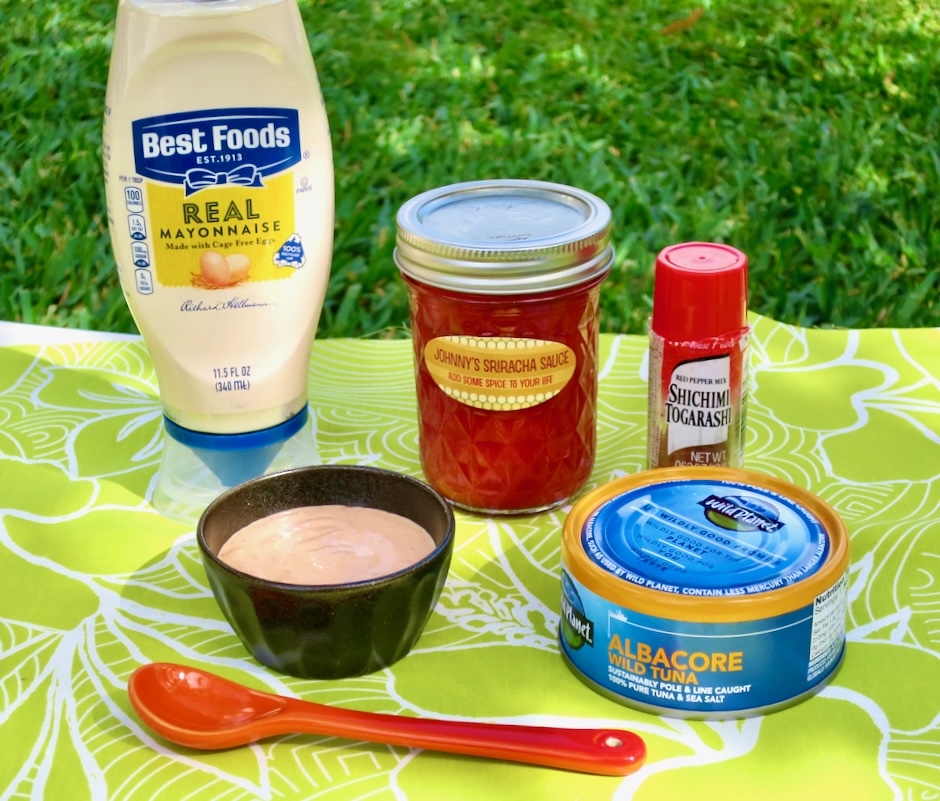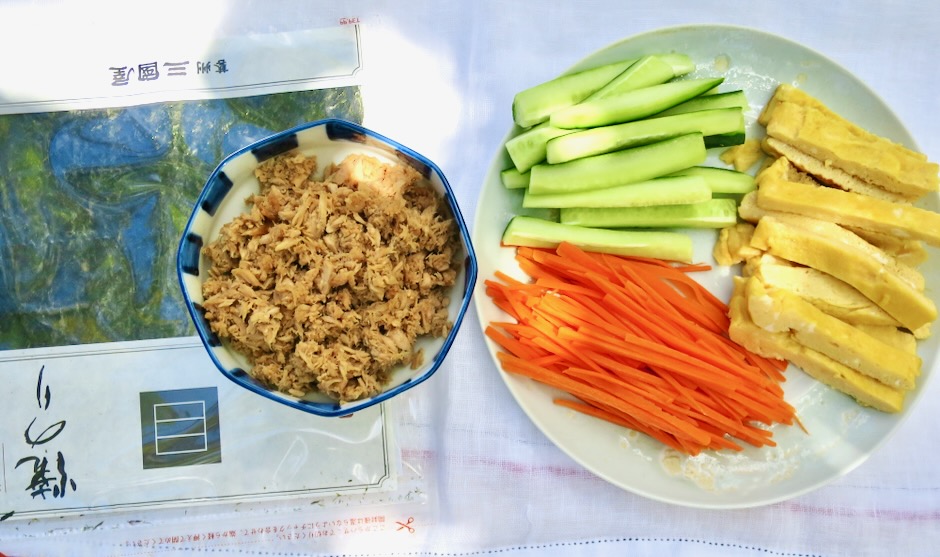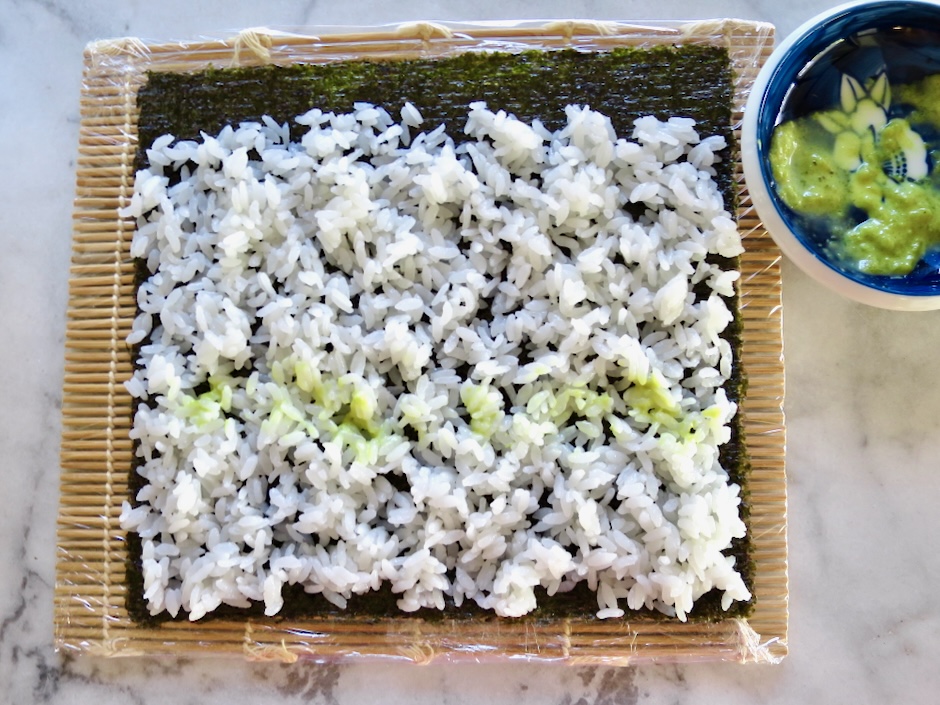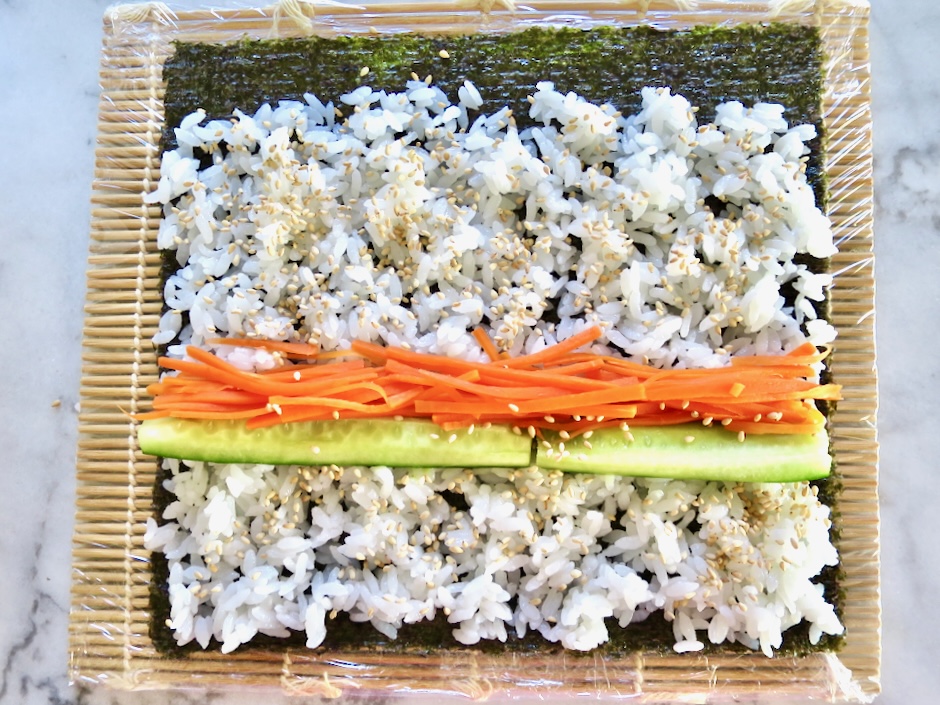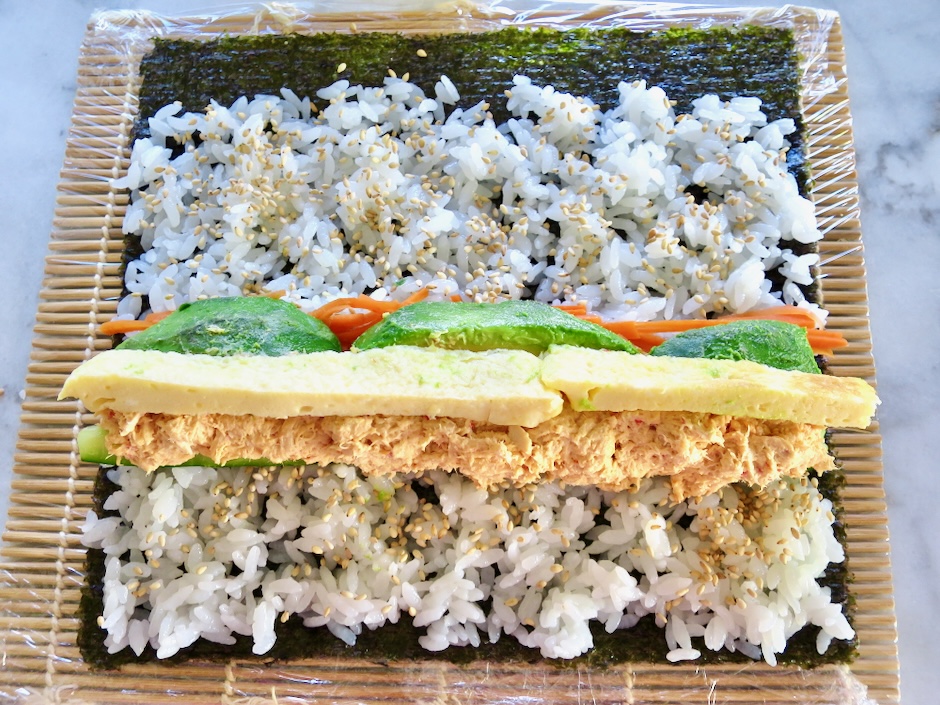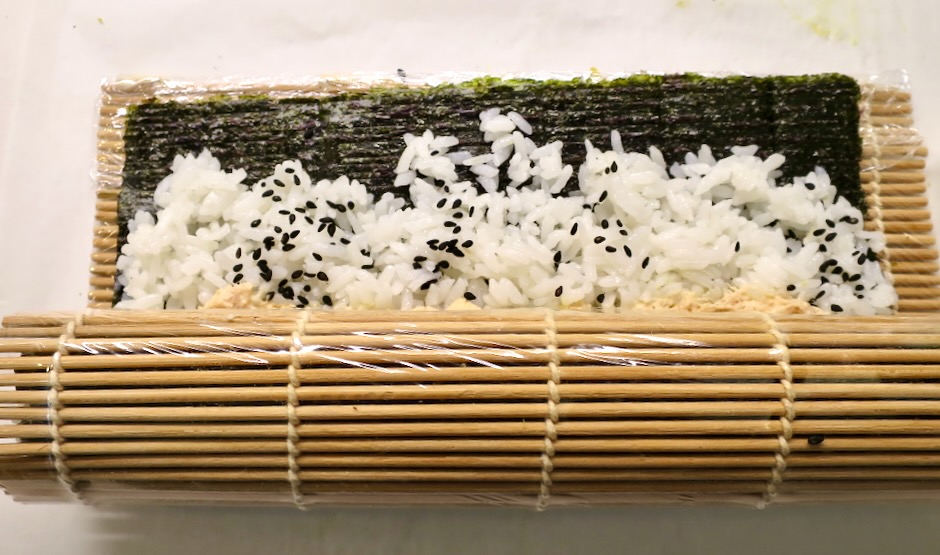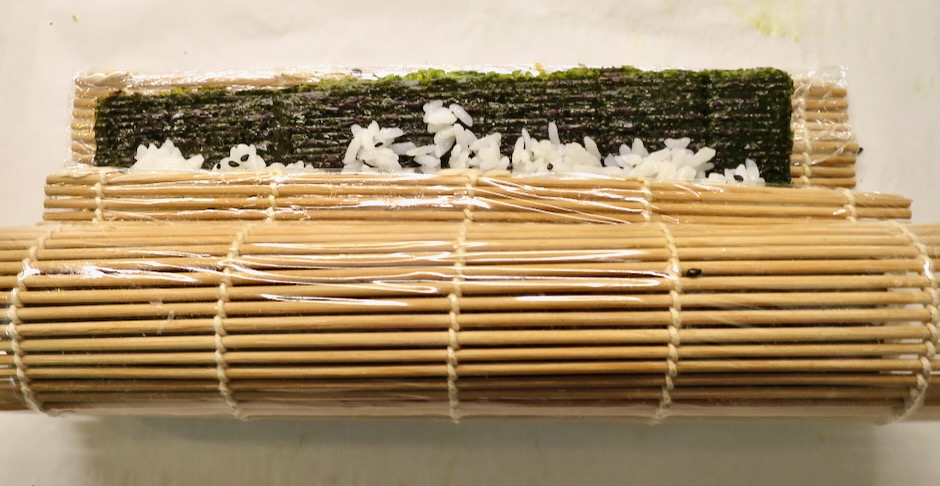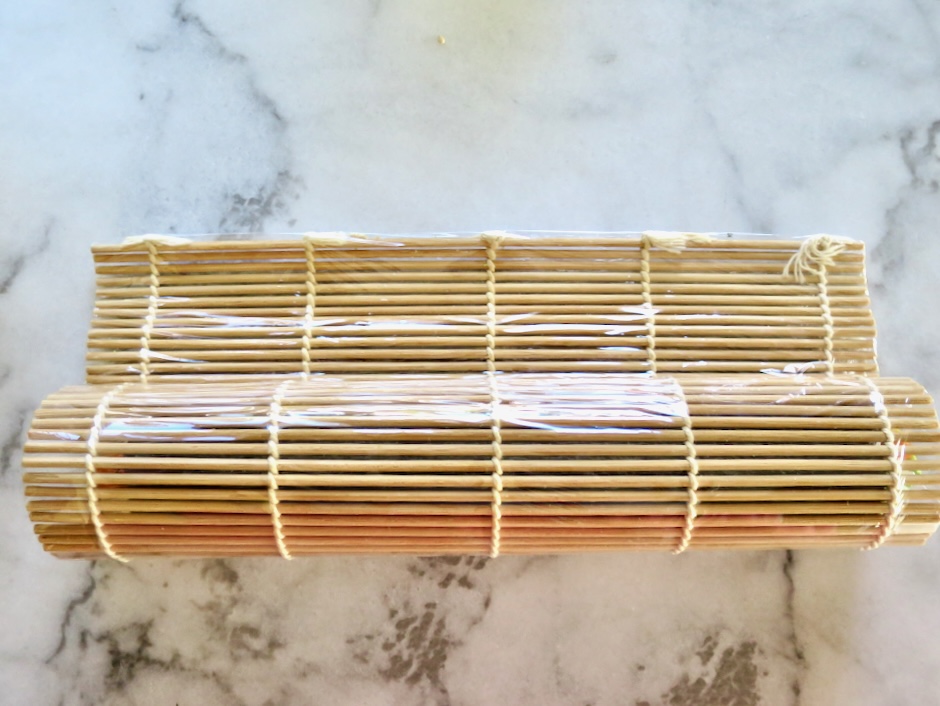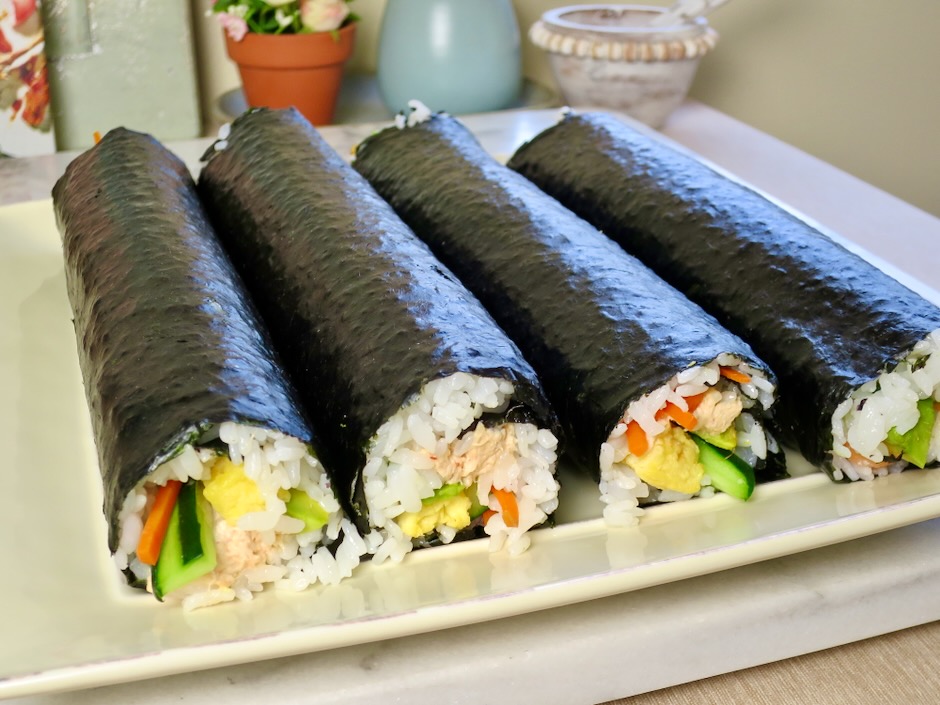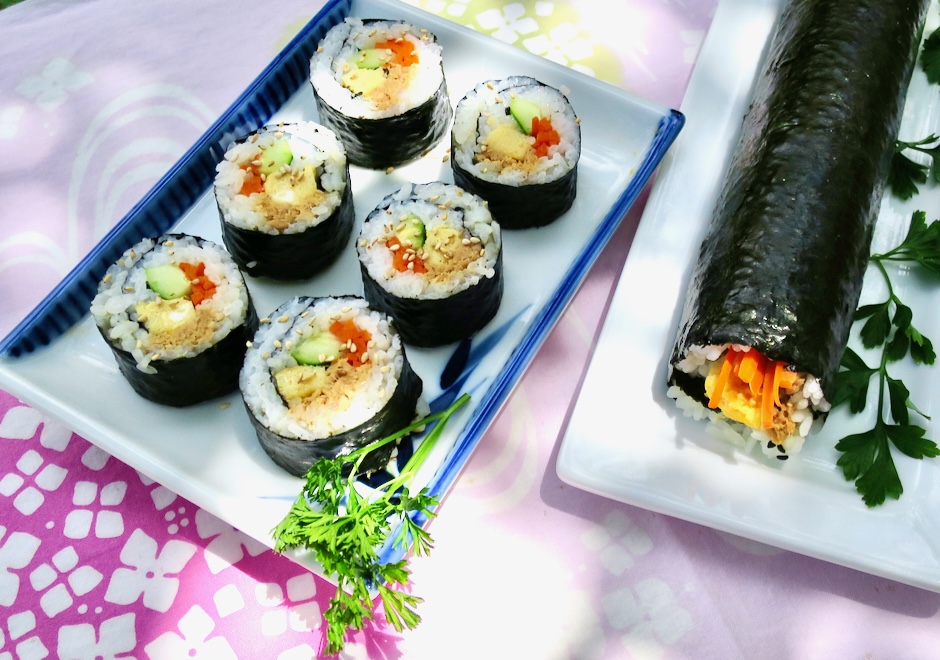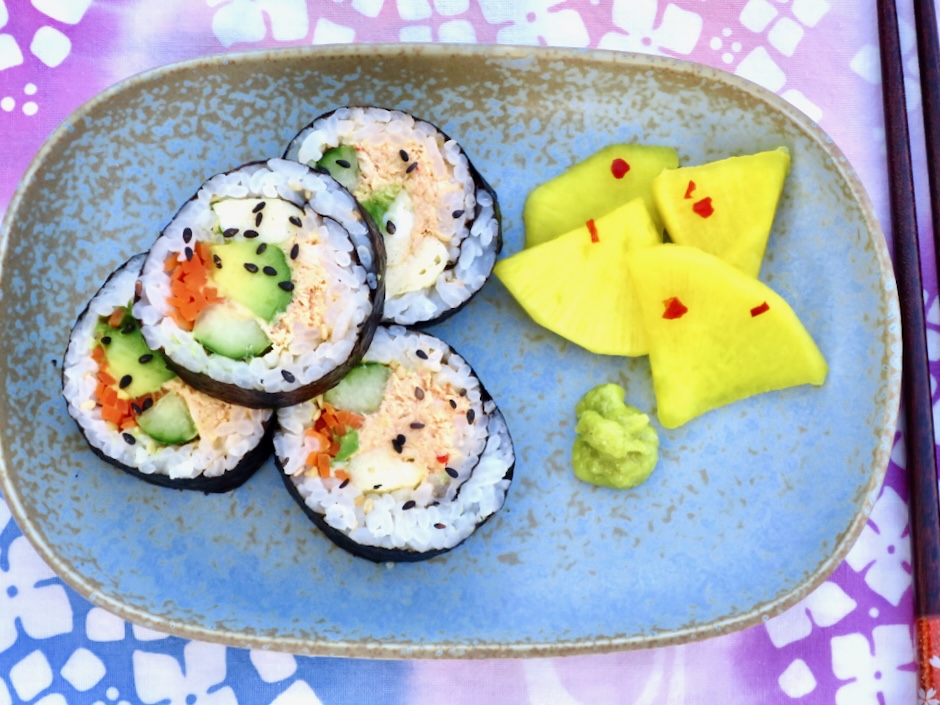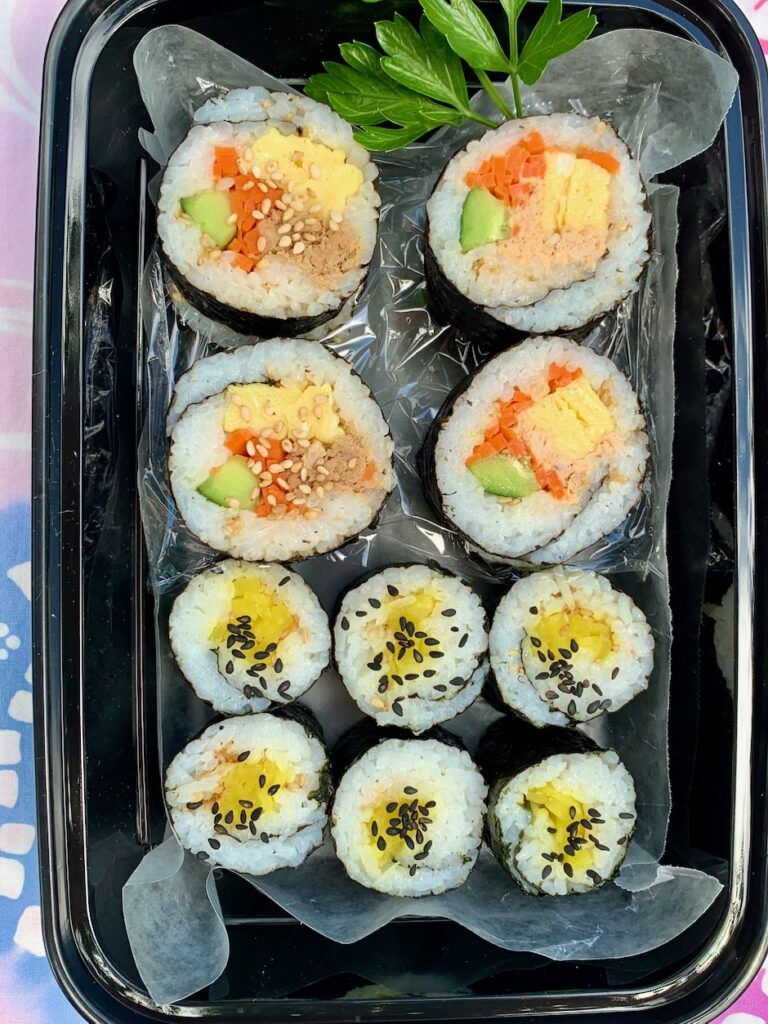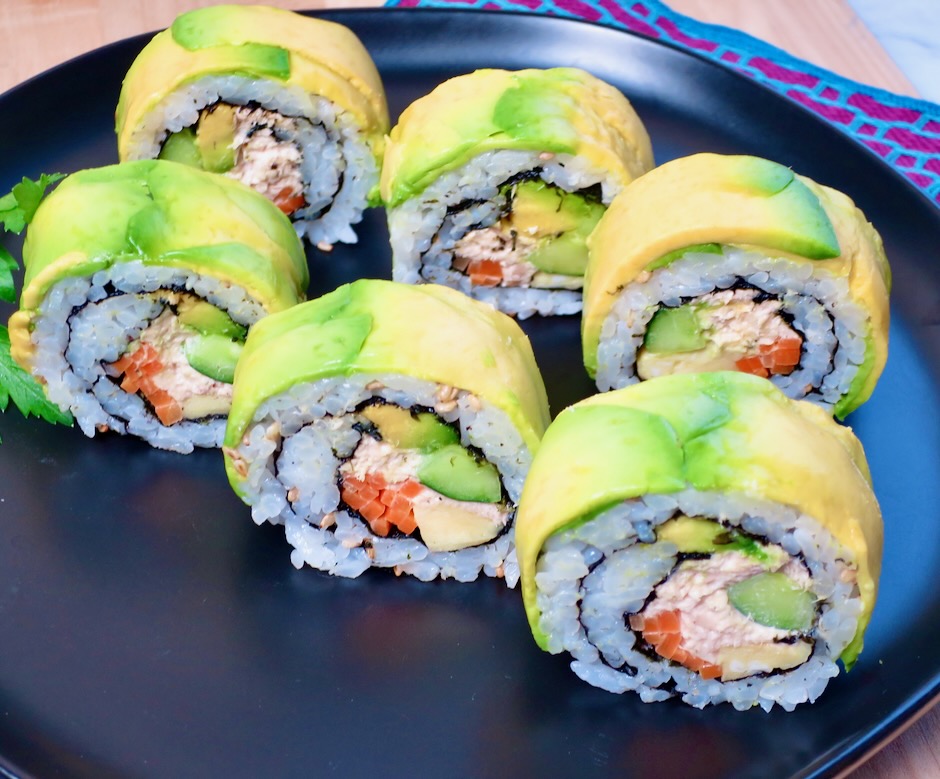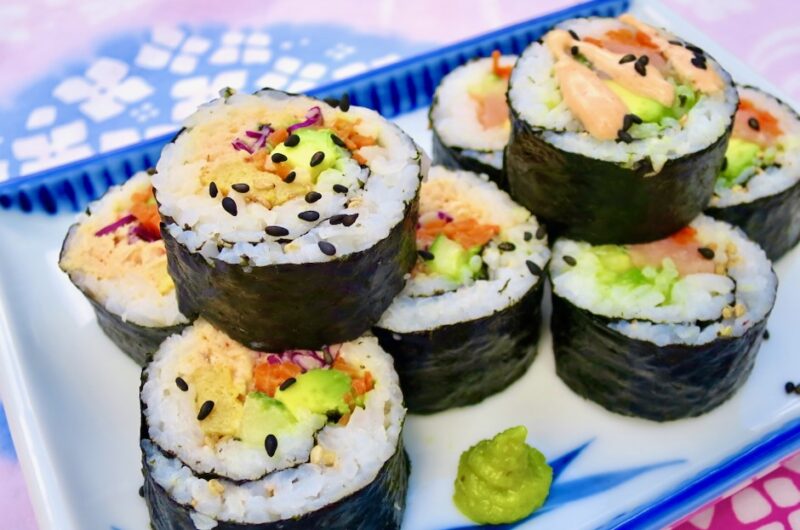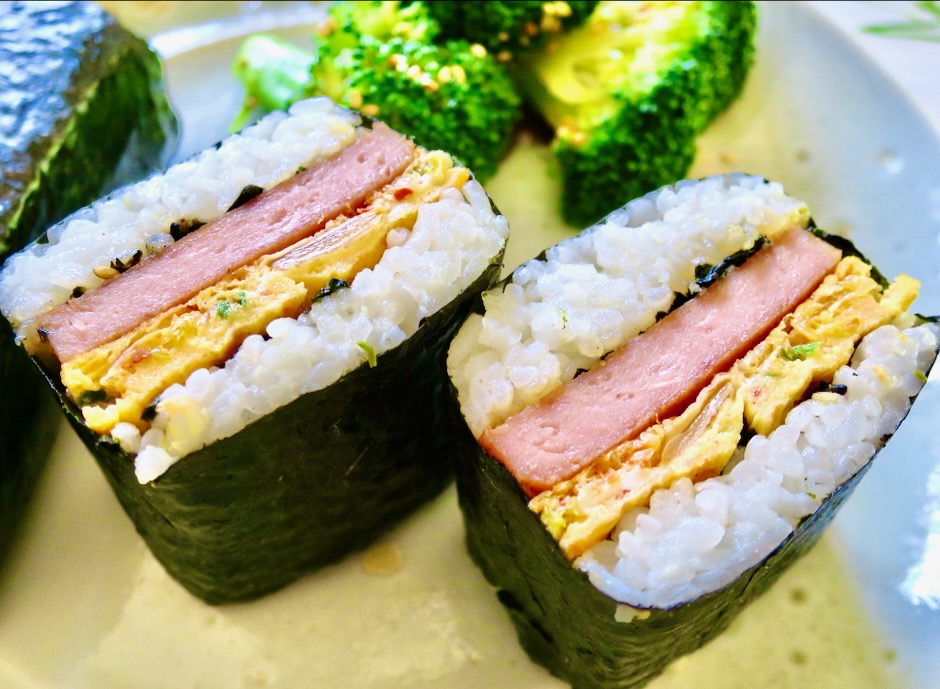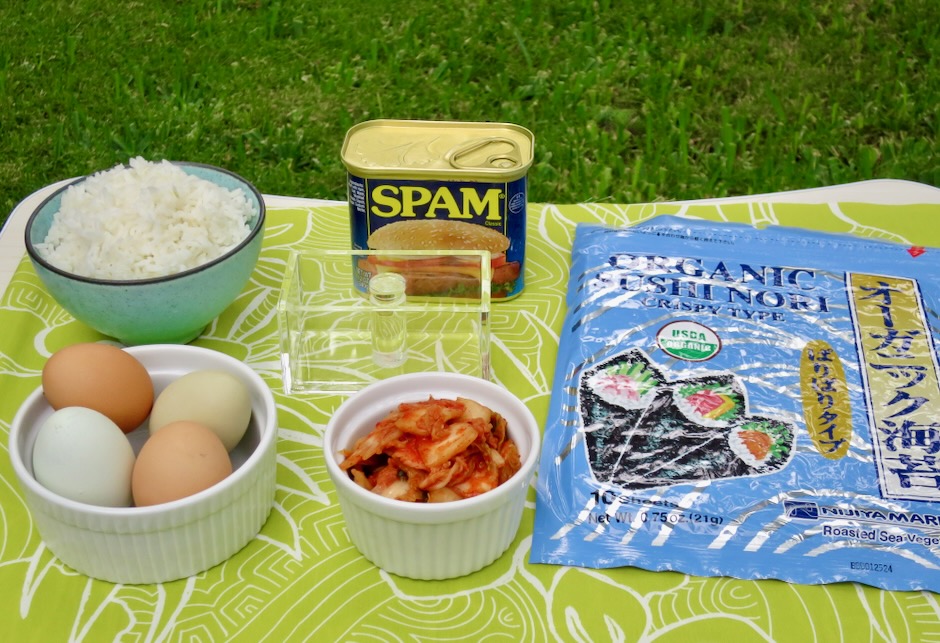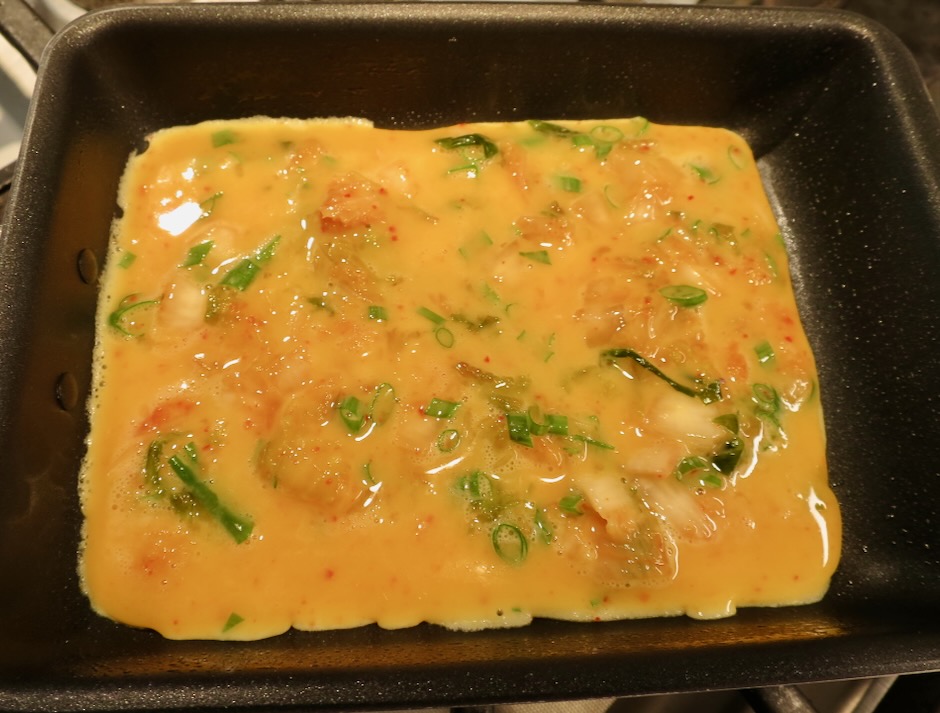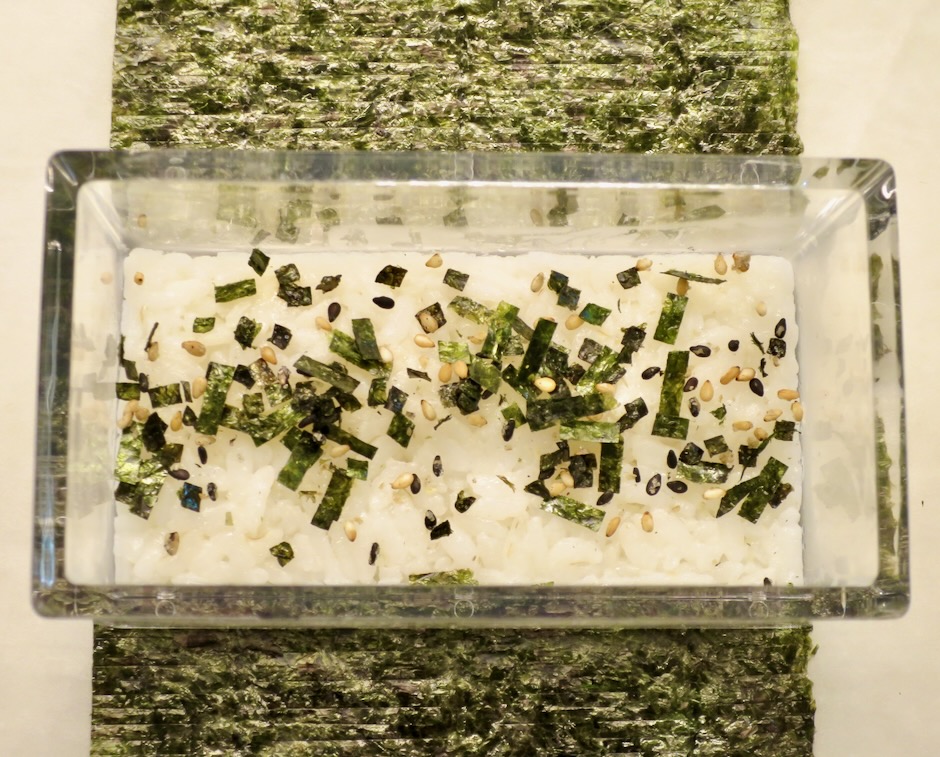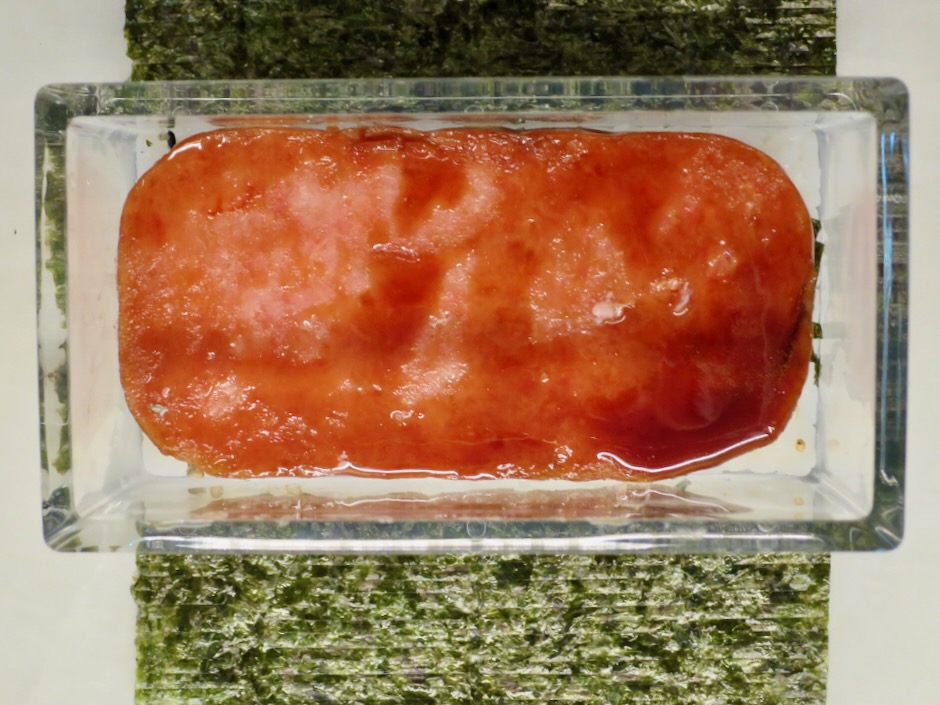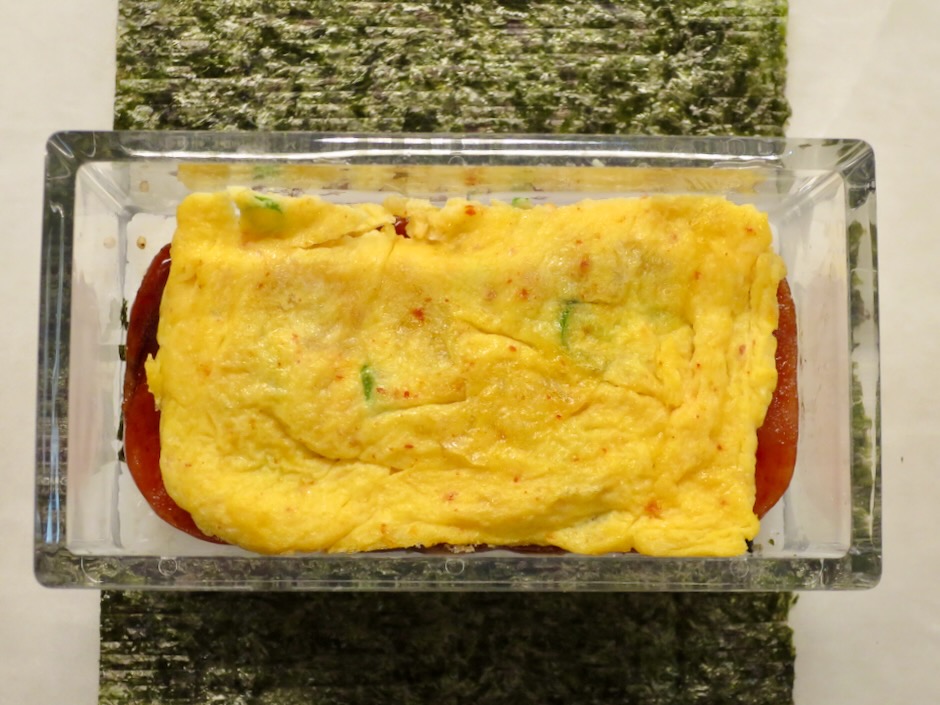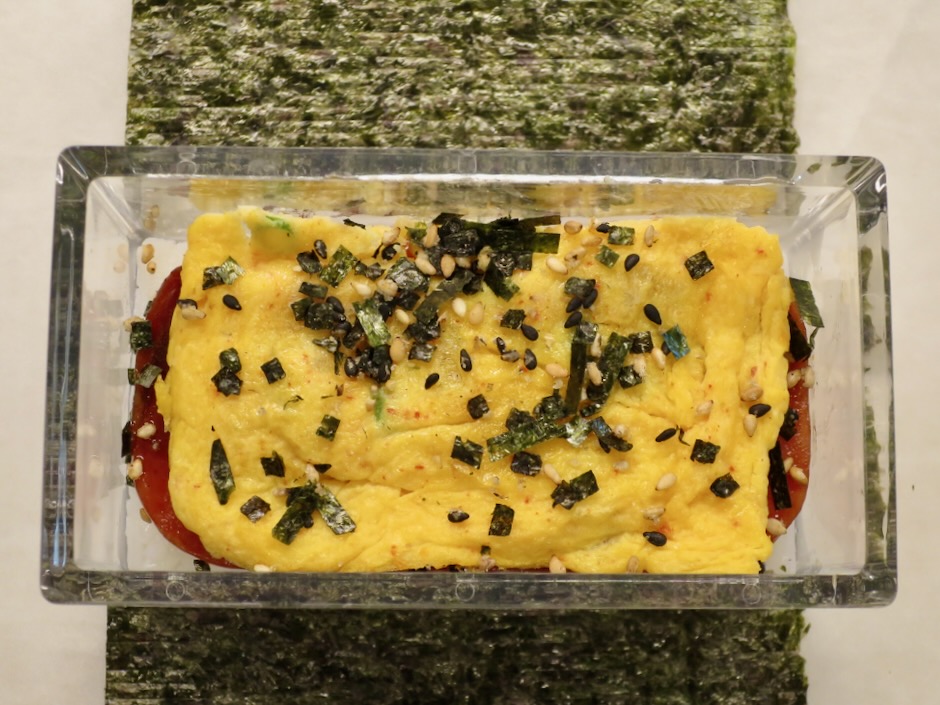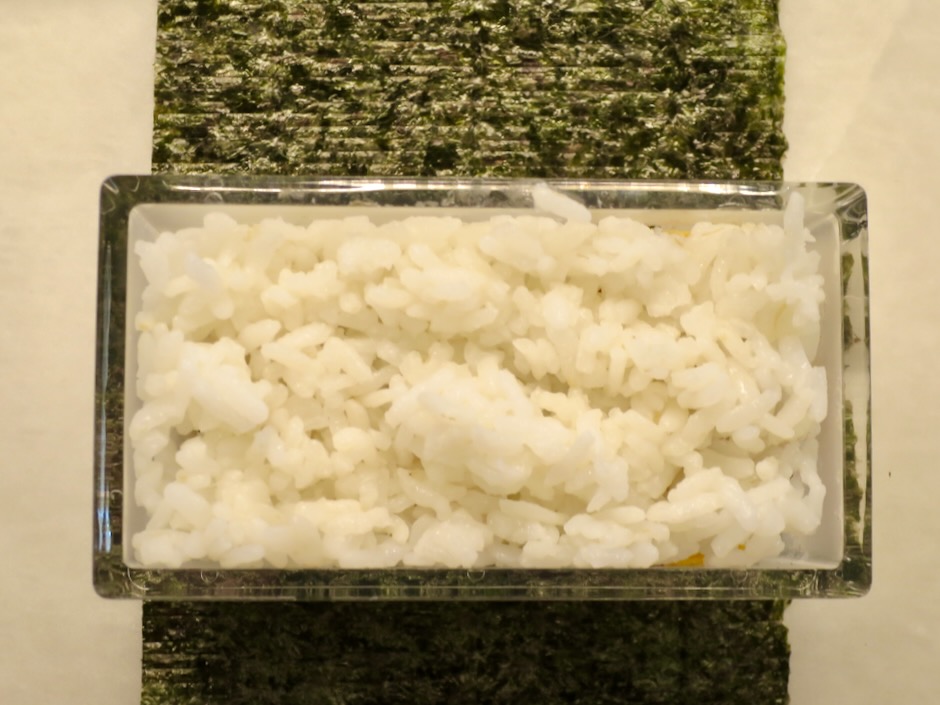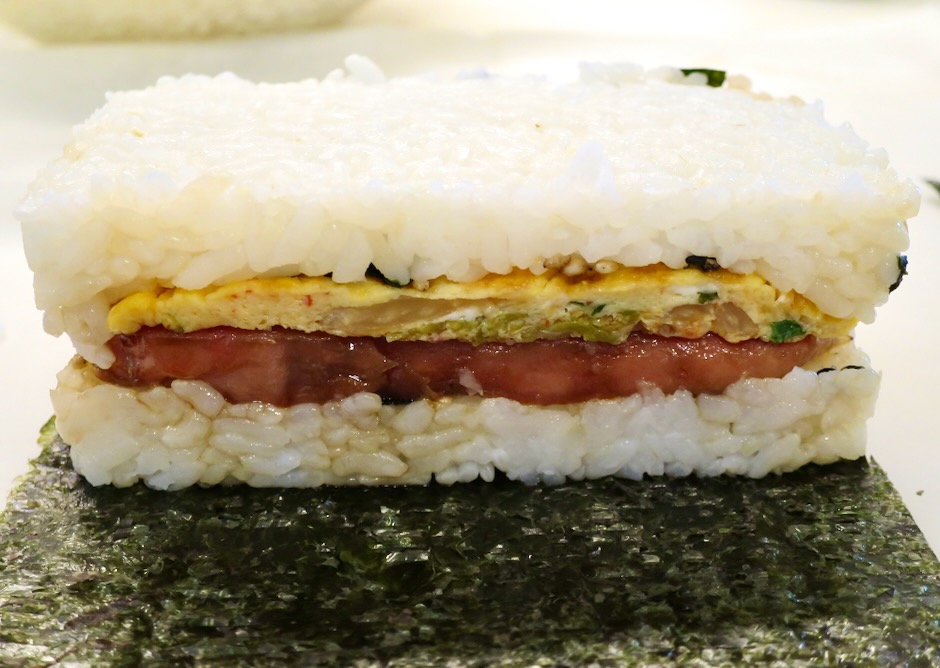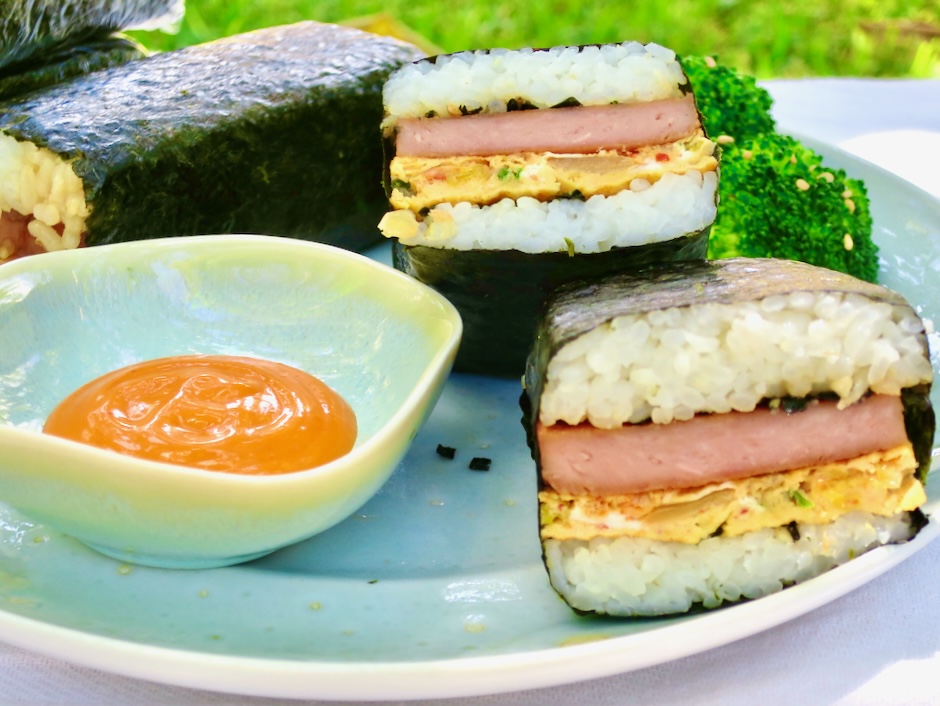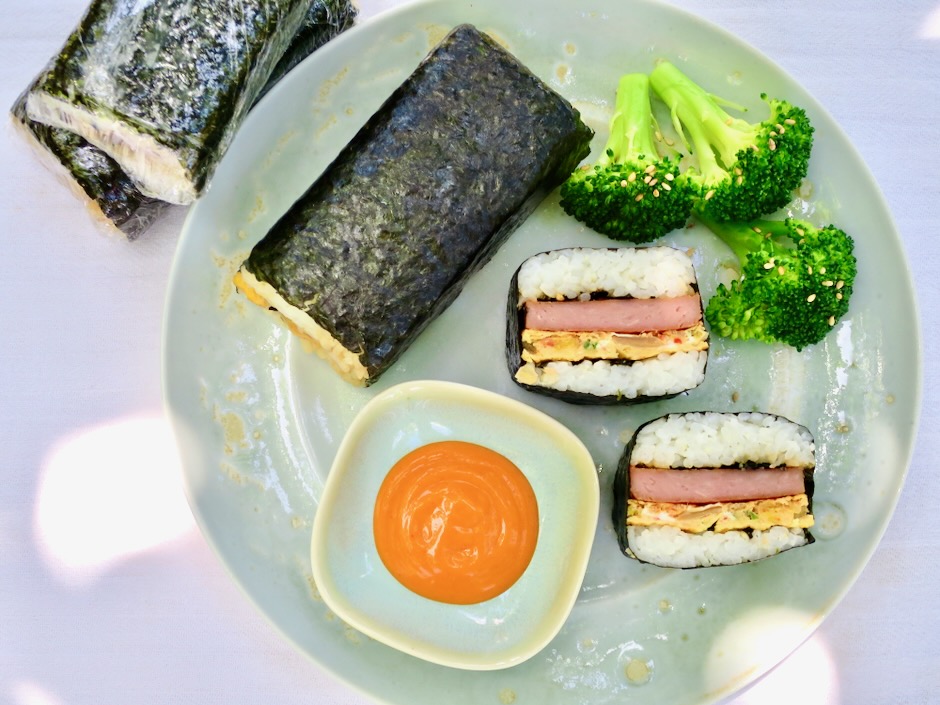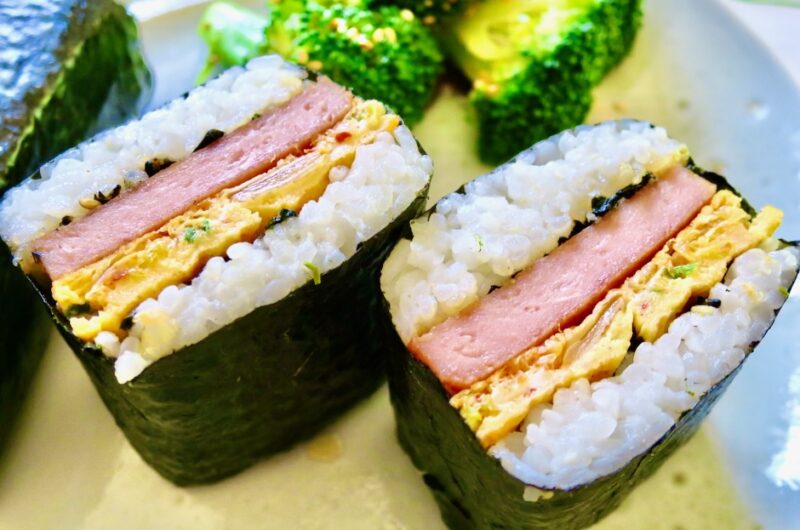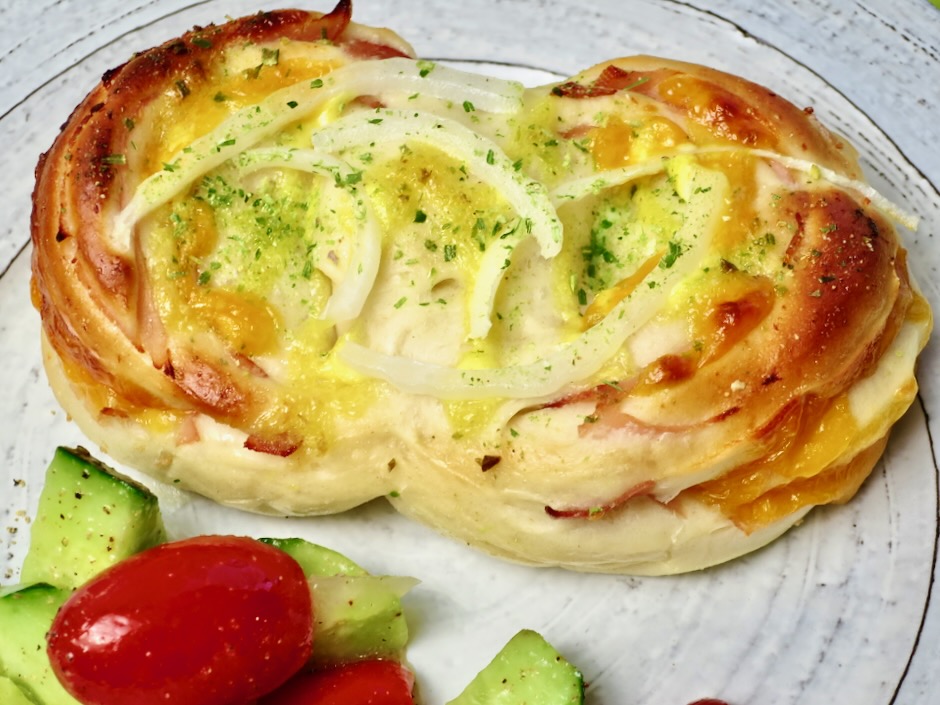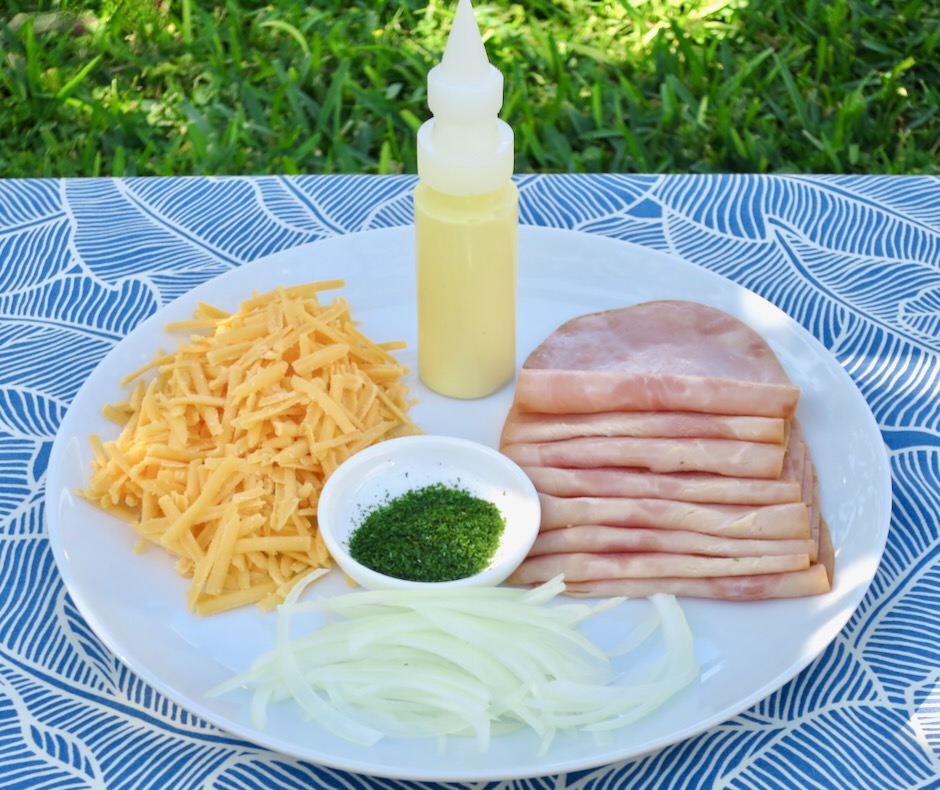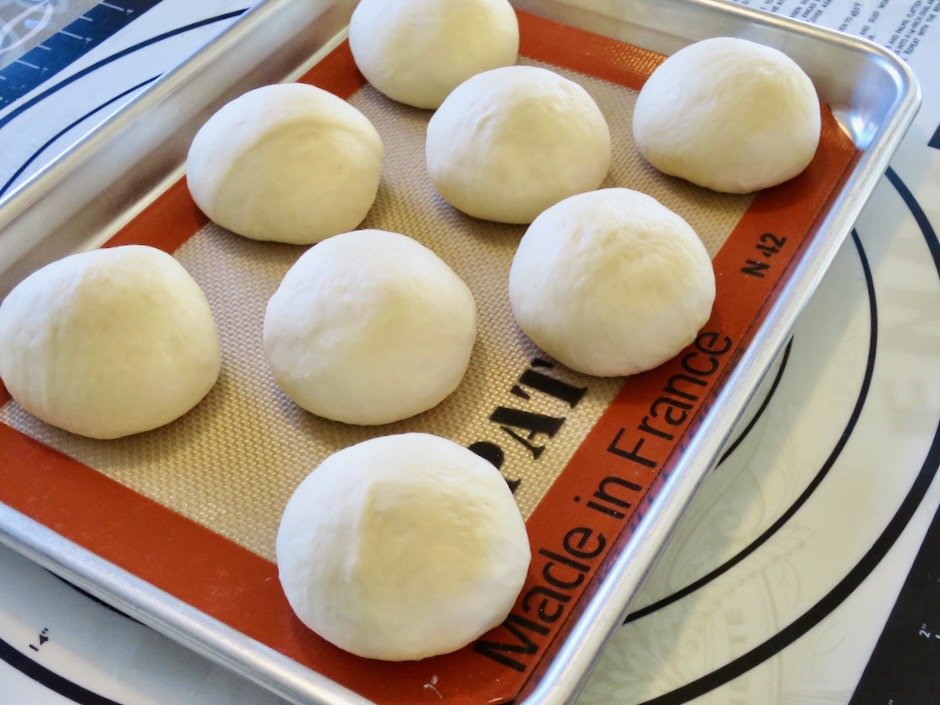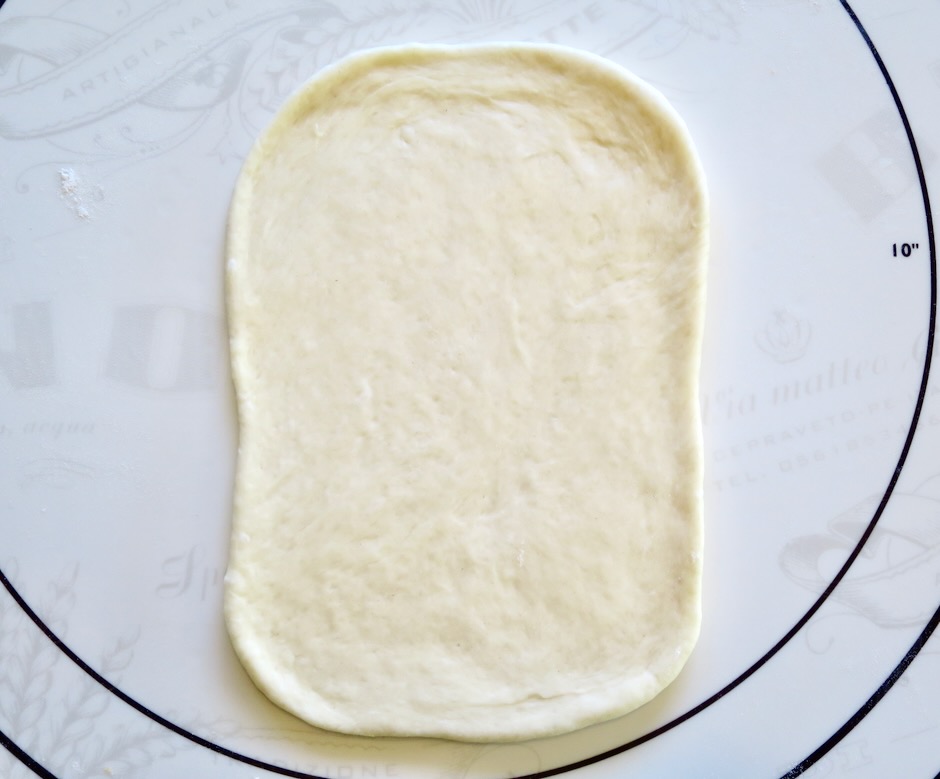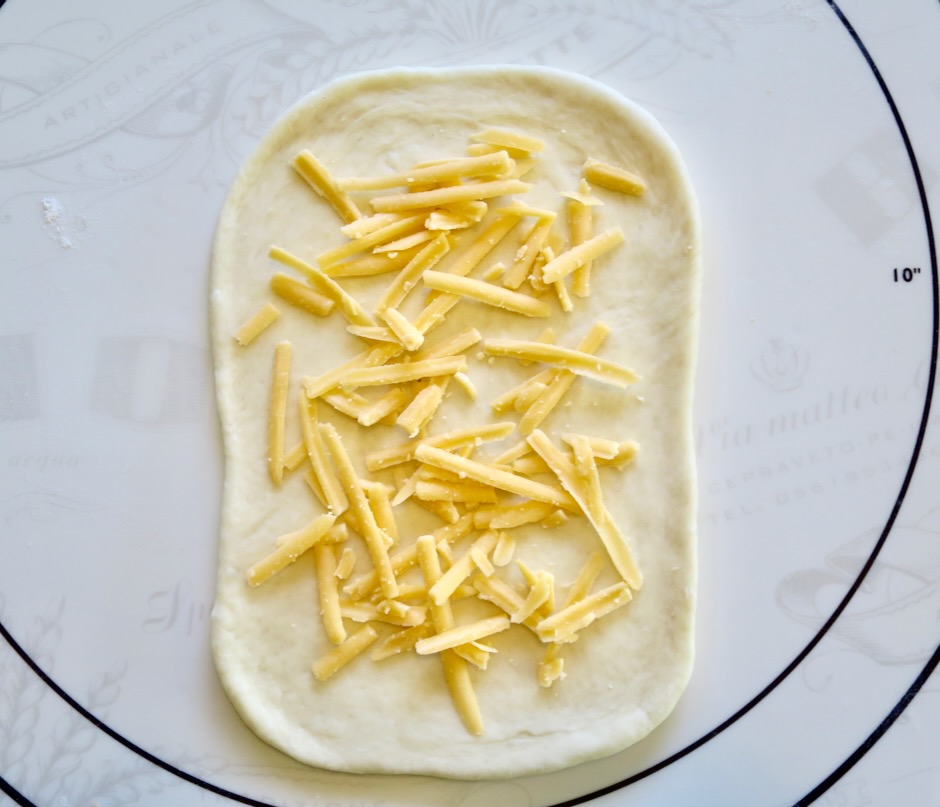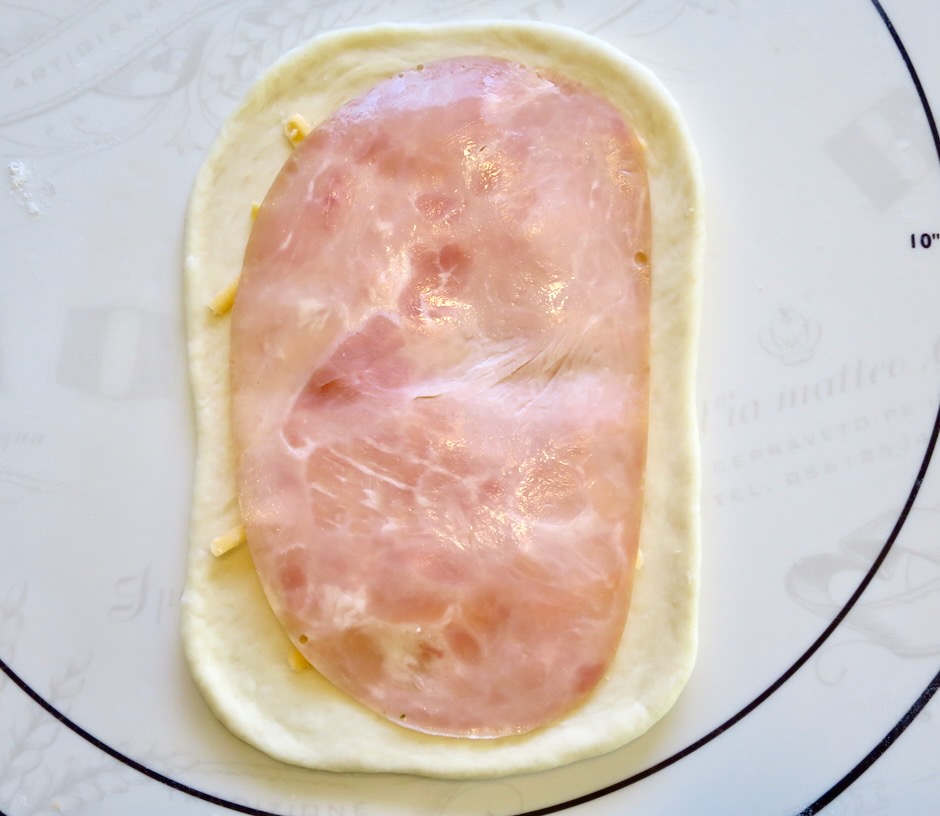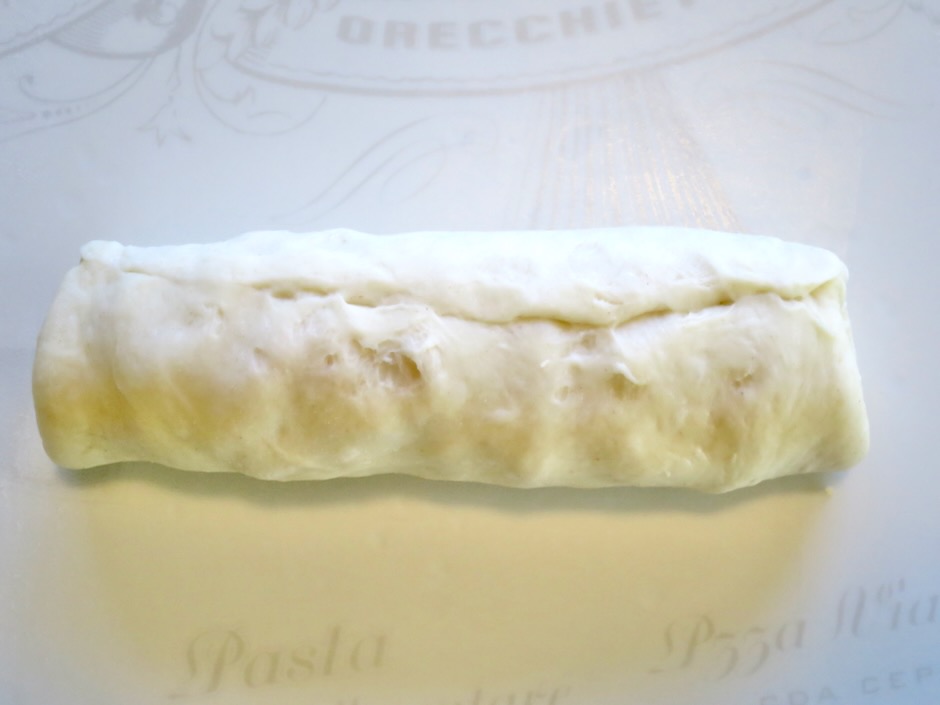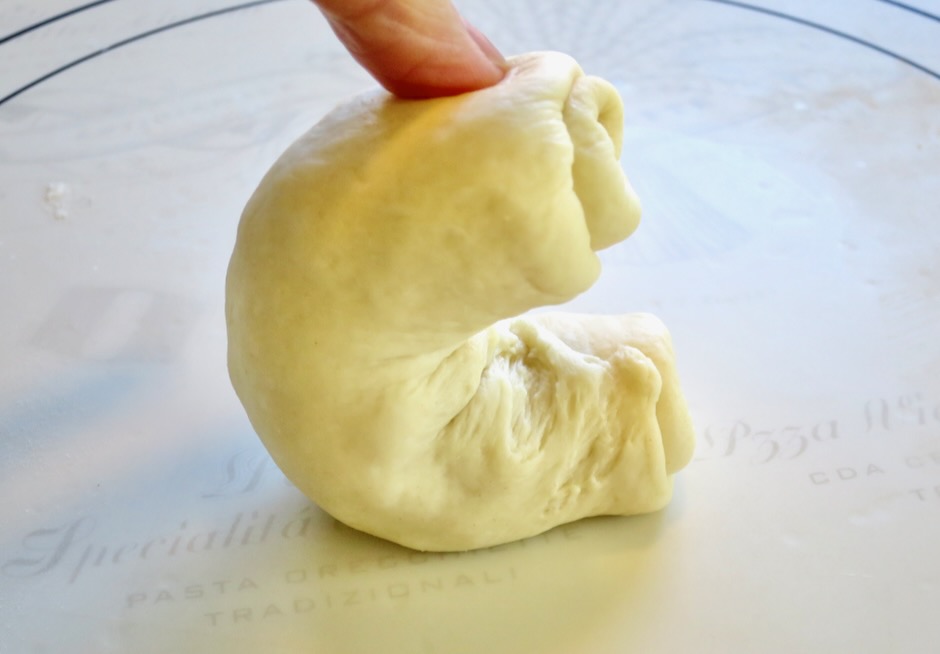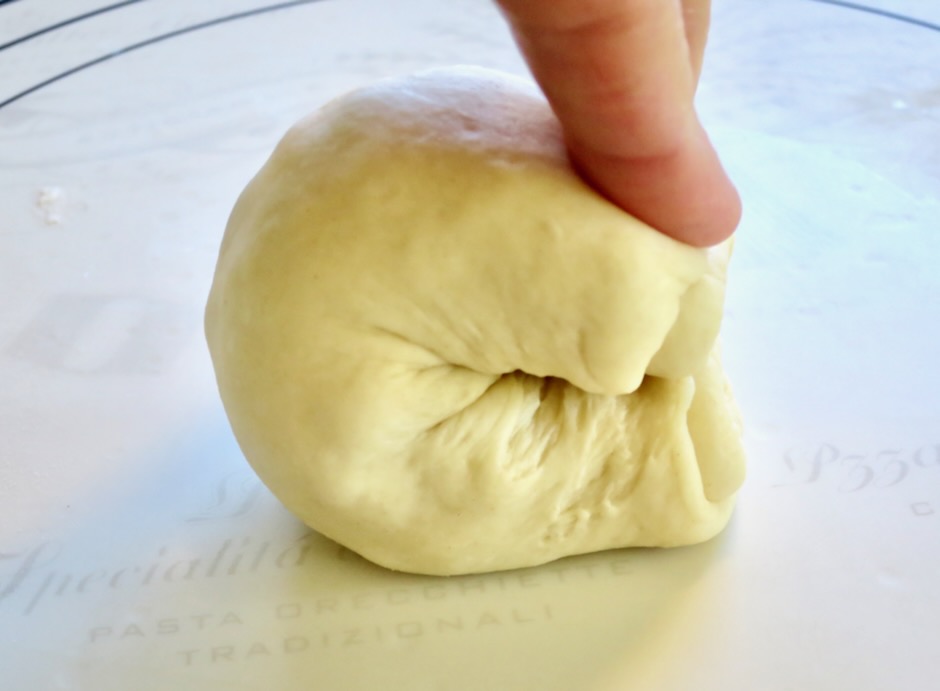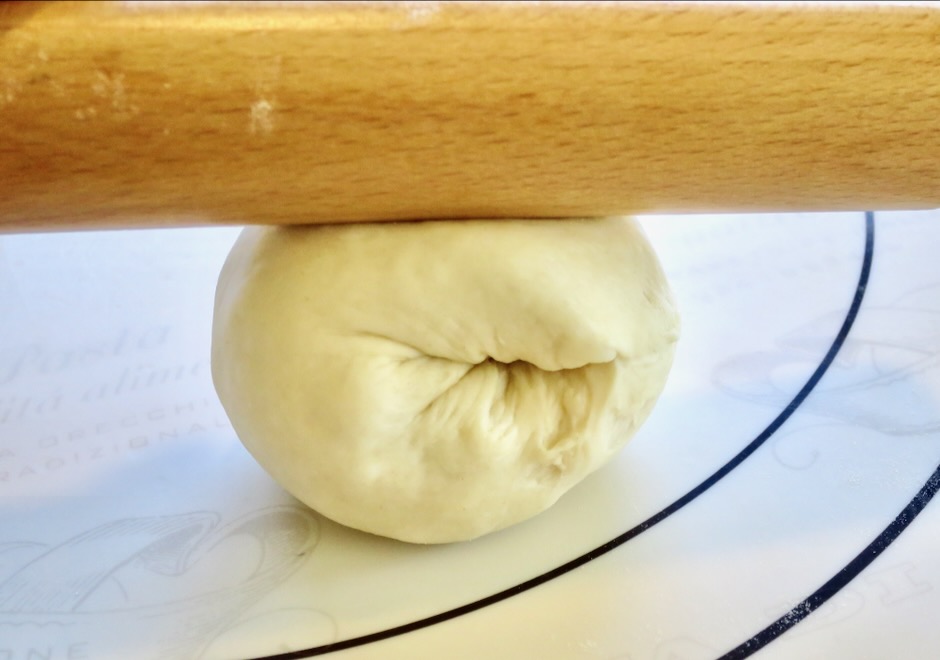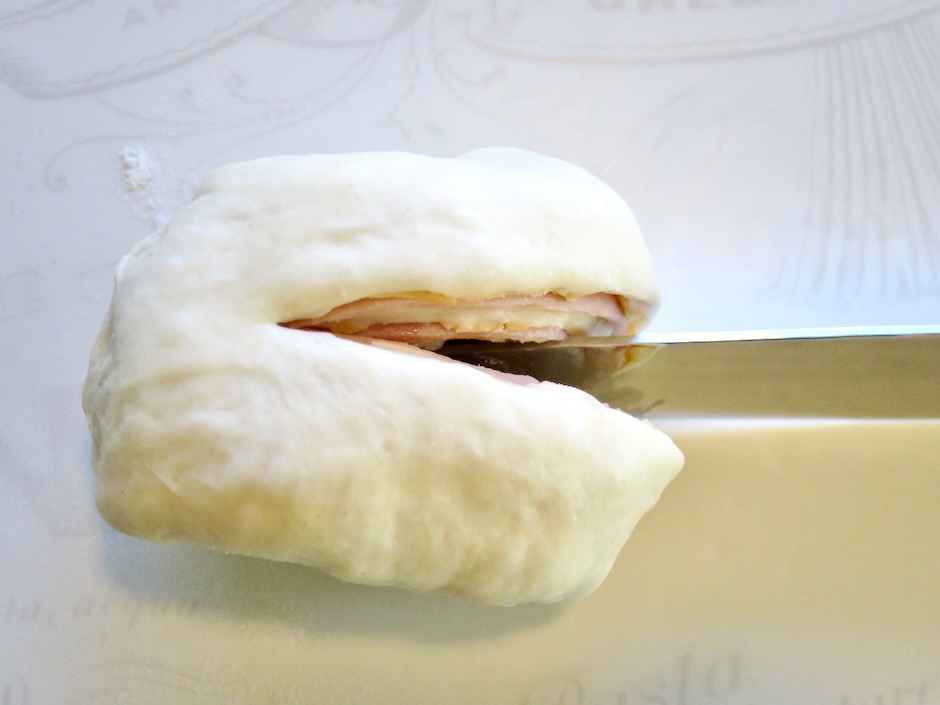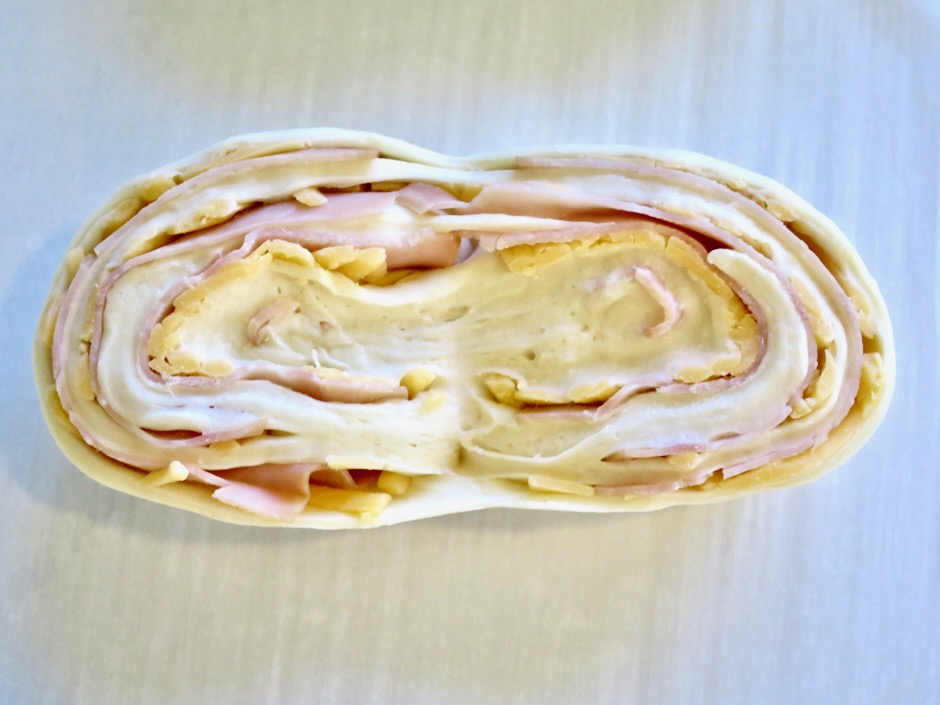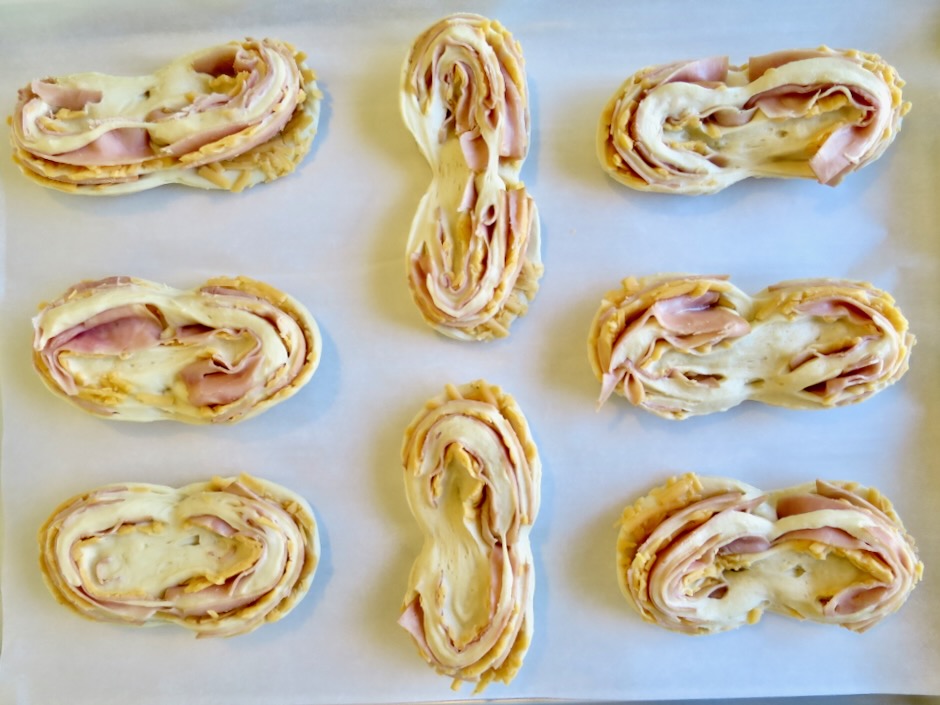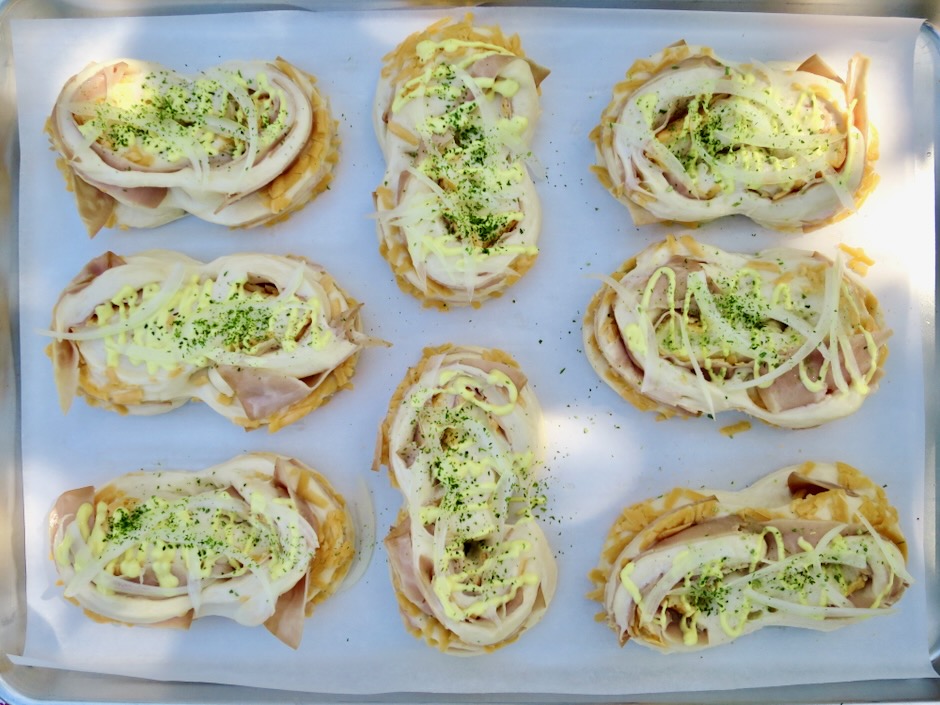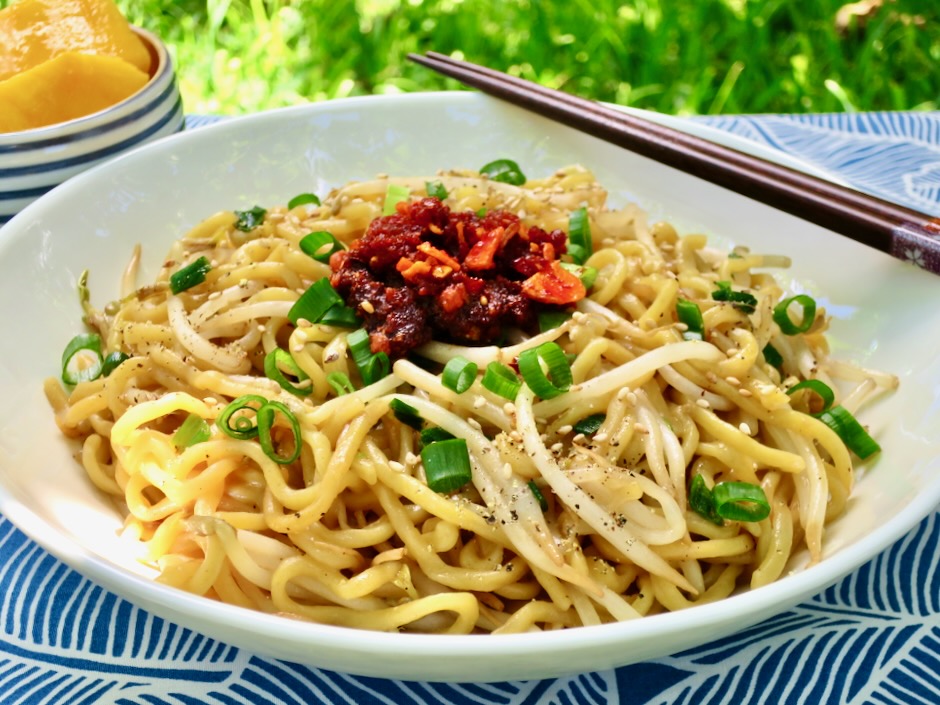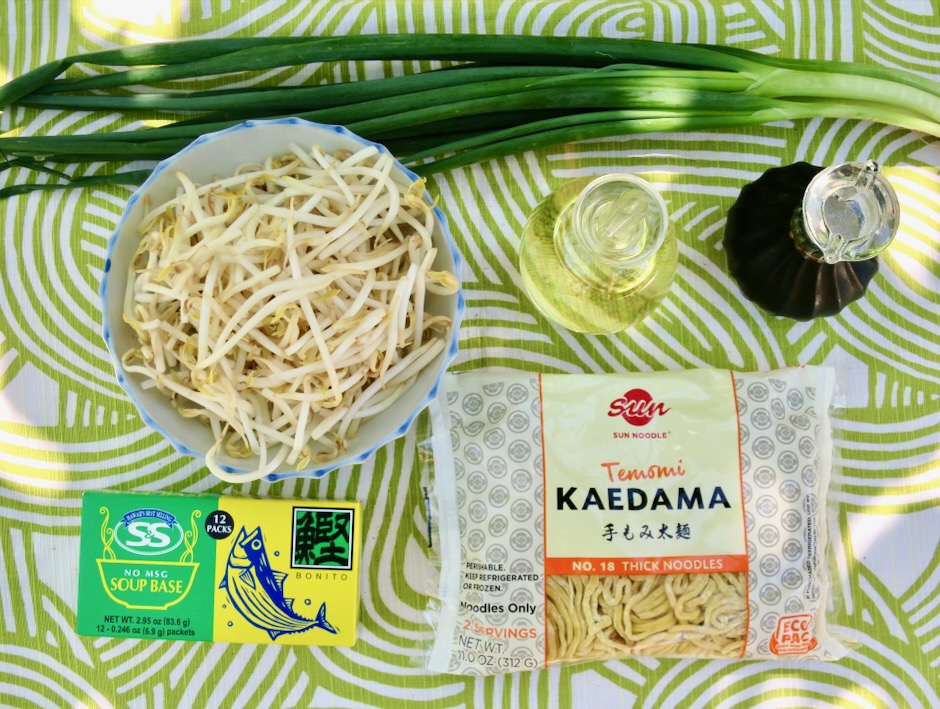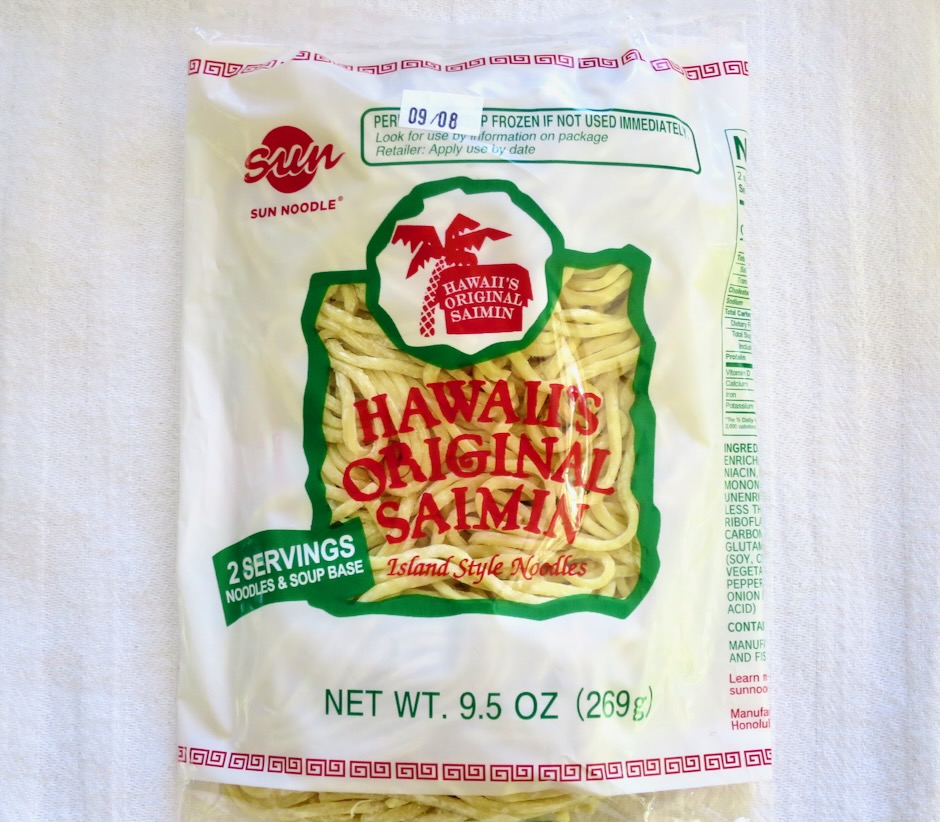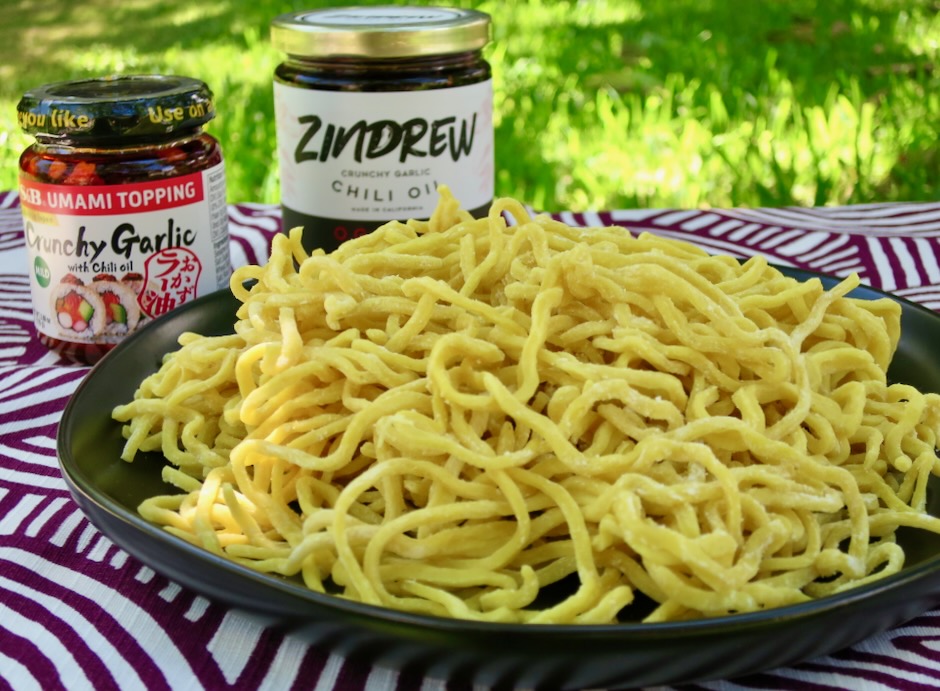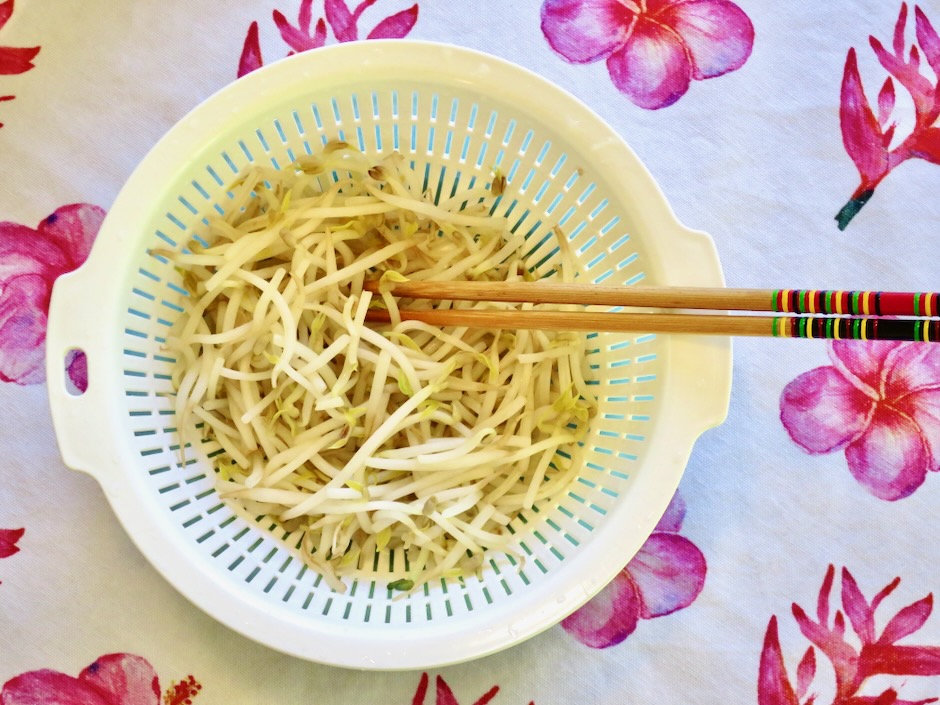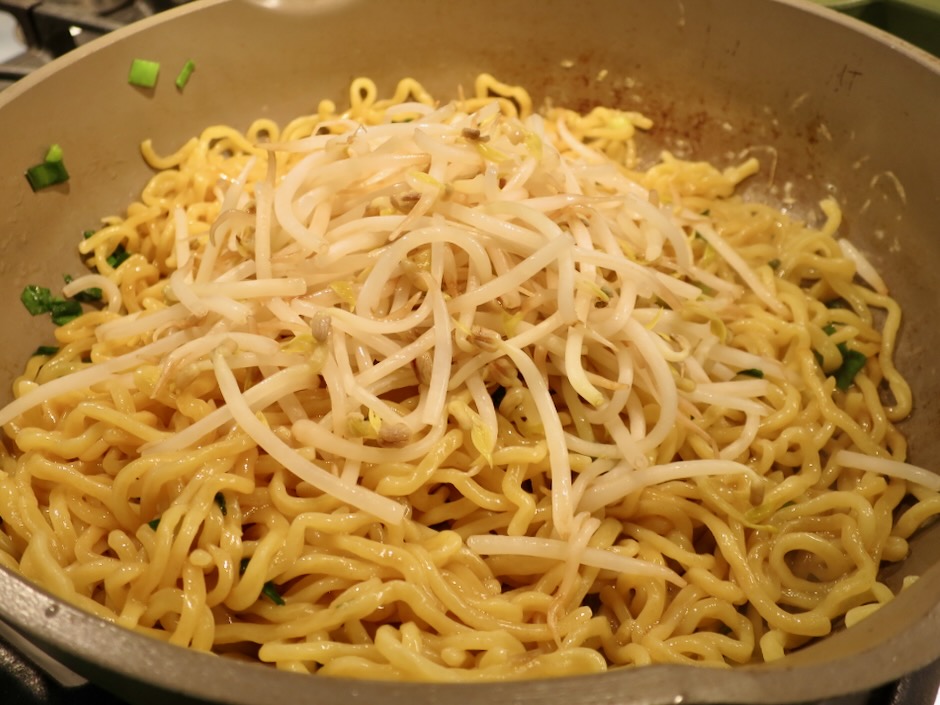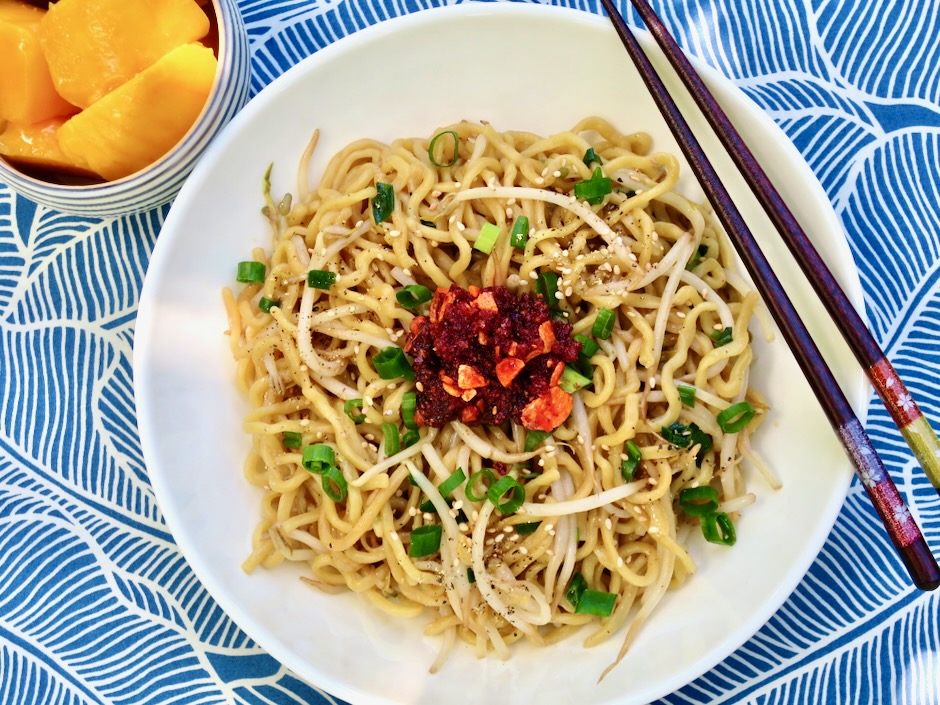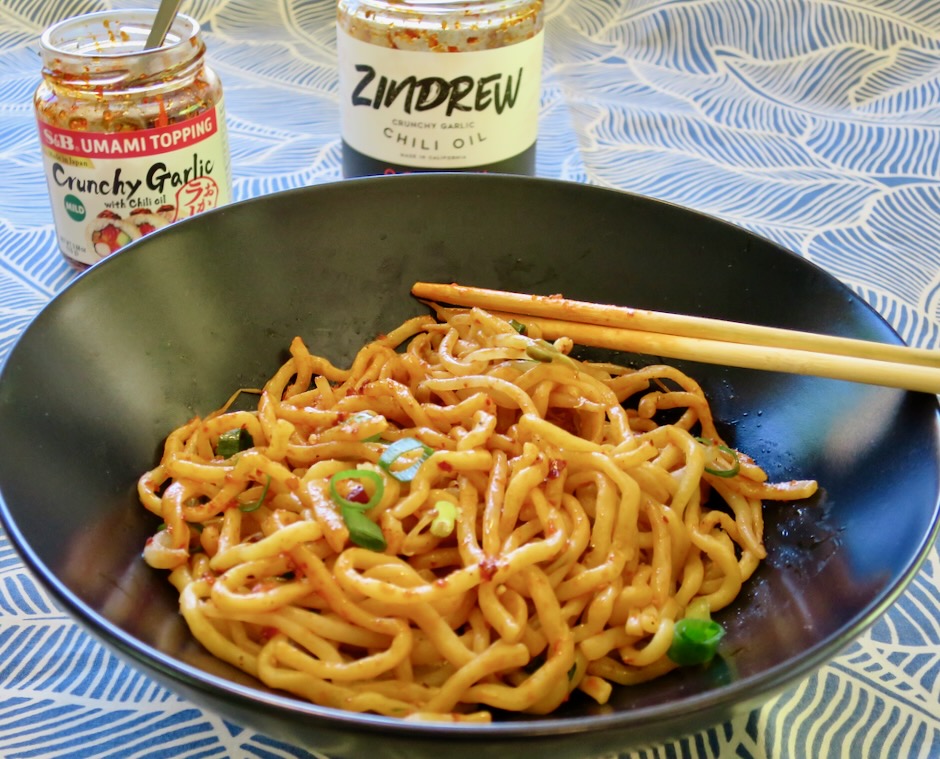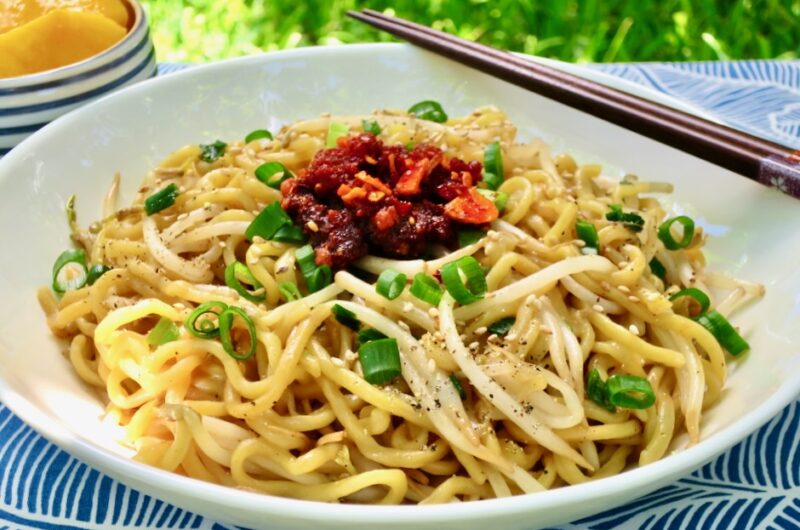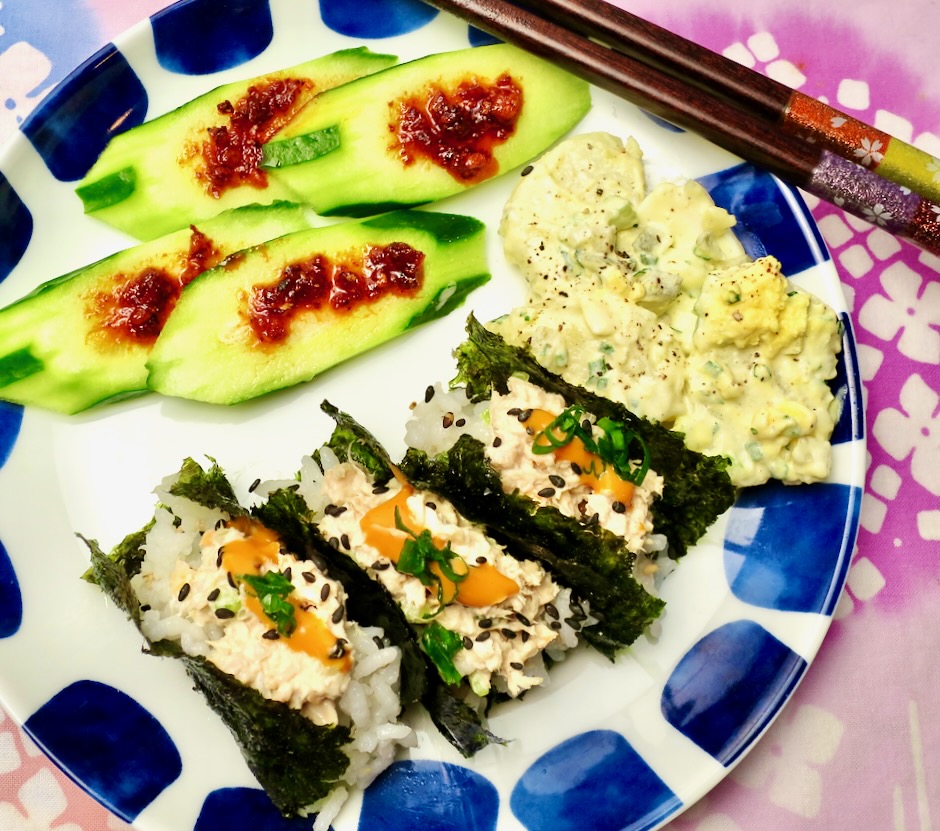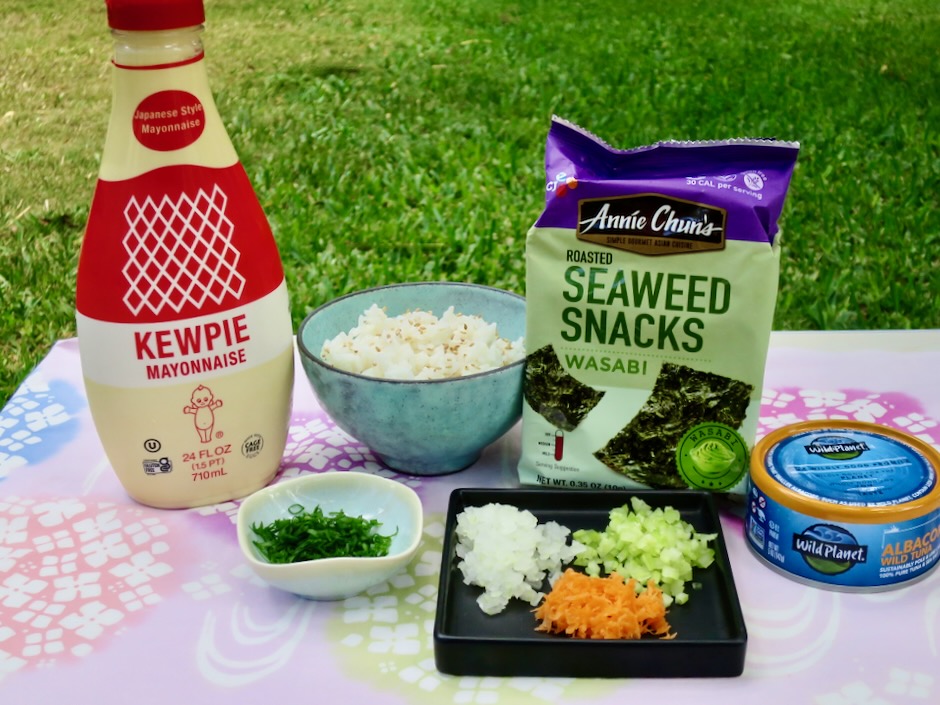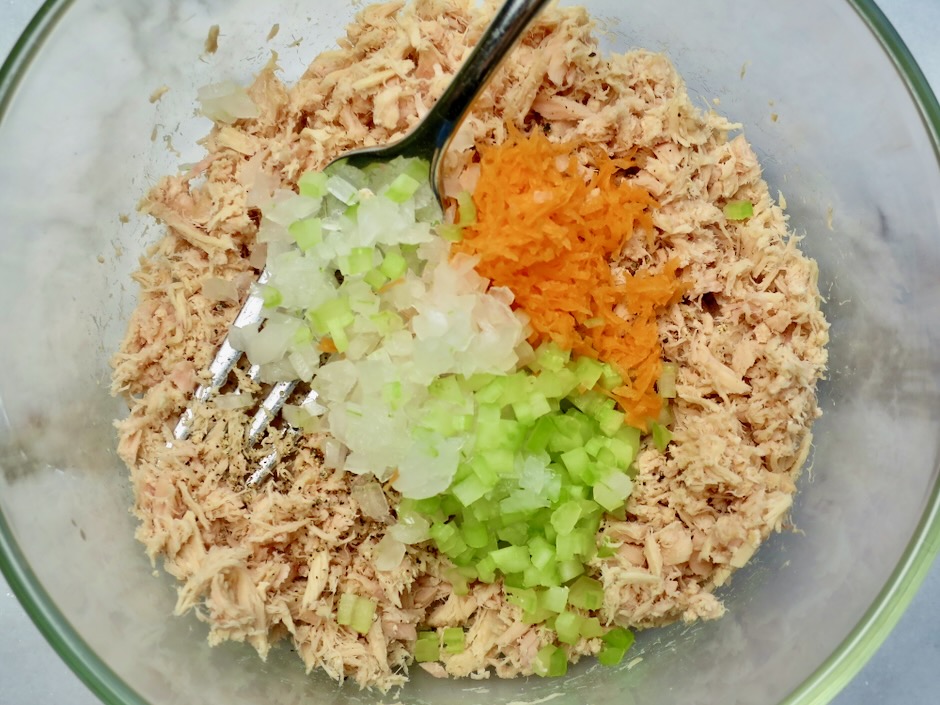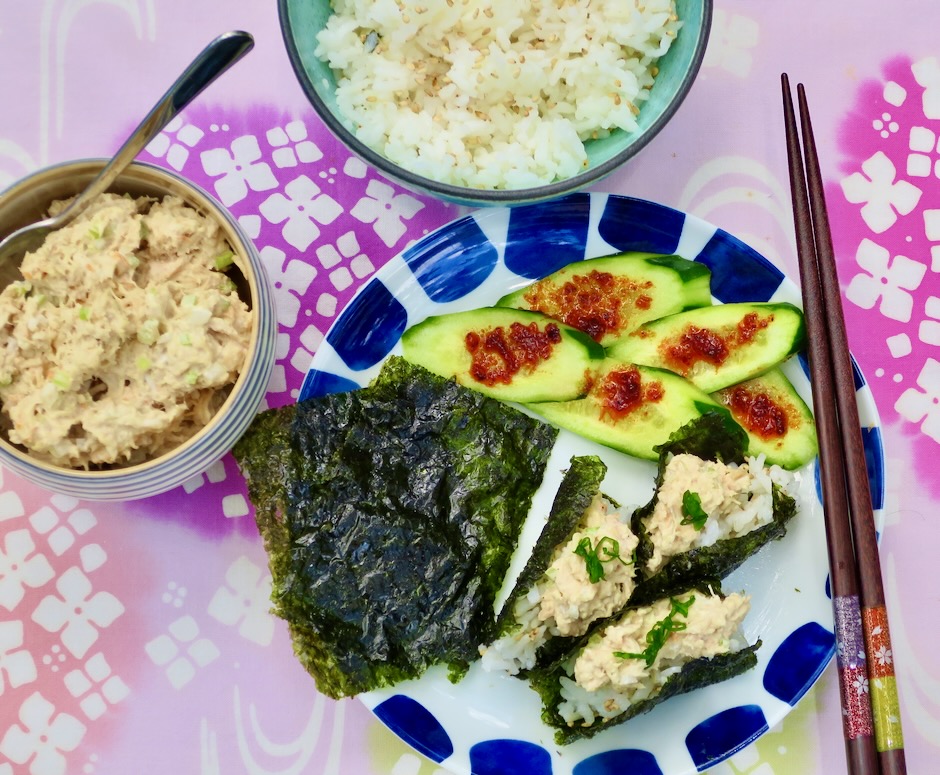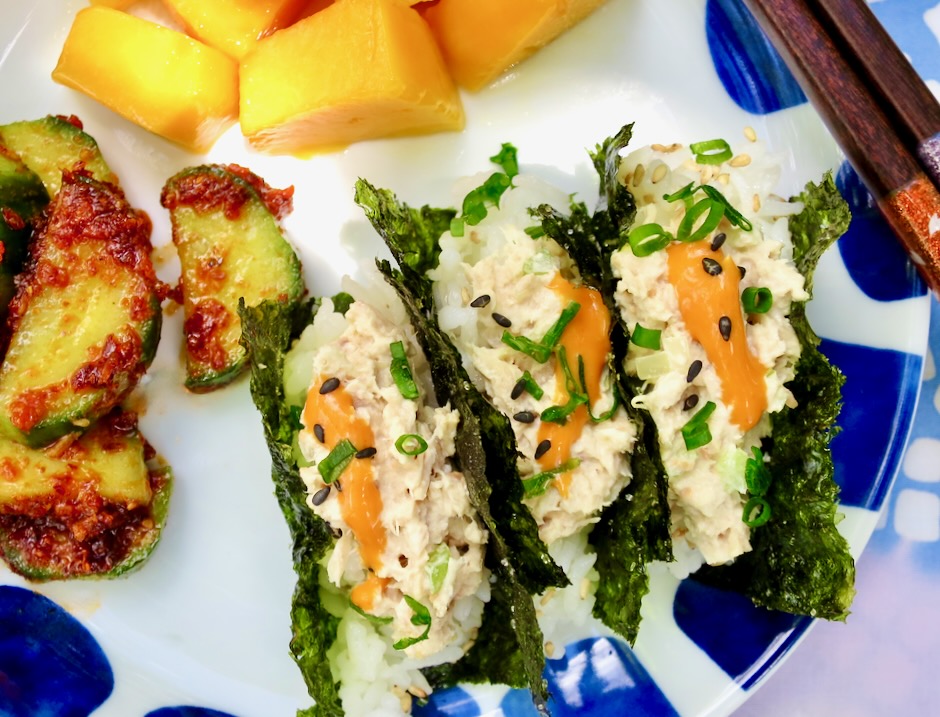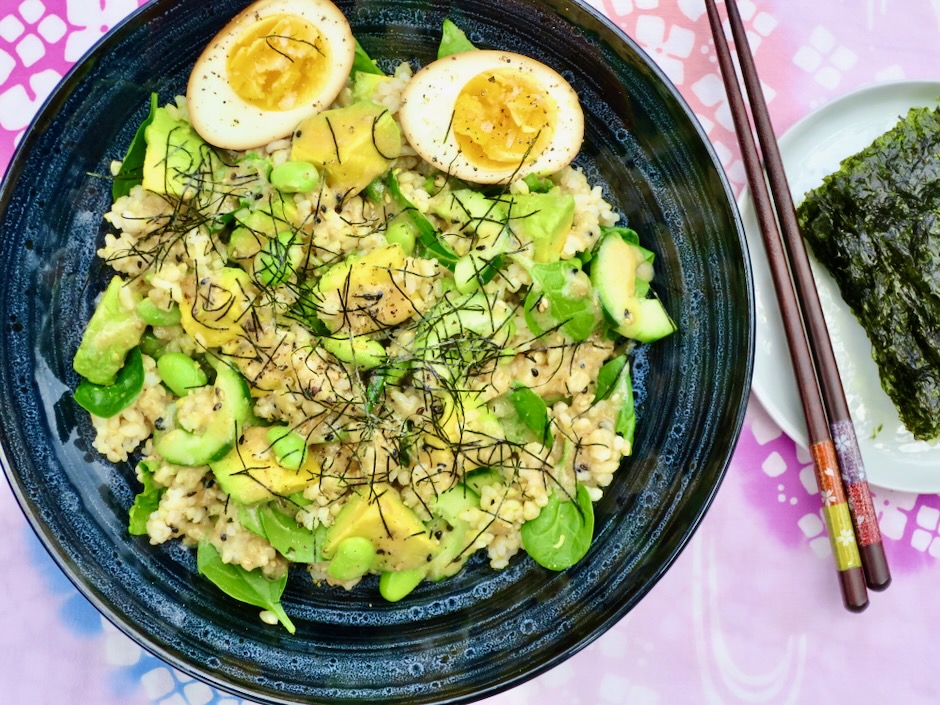
Rice is without a doubt my favorite food (followed by eggs). It’s easy to prepare, versatile, and such a beautiful grain to show off in a salad such as this one. Short grain brown rice works well for this salad. Its hearty texture stands up nicely to the other components and dressing. If brown rice is not your thing, substitute short or medium grain white rice.
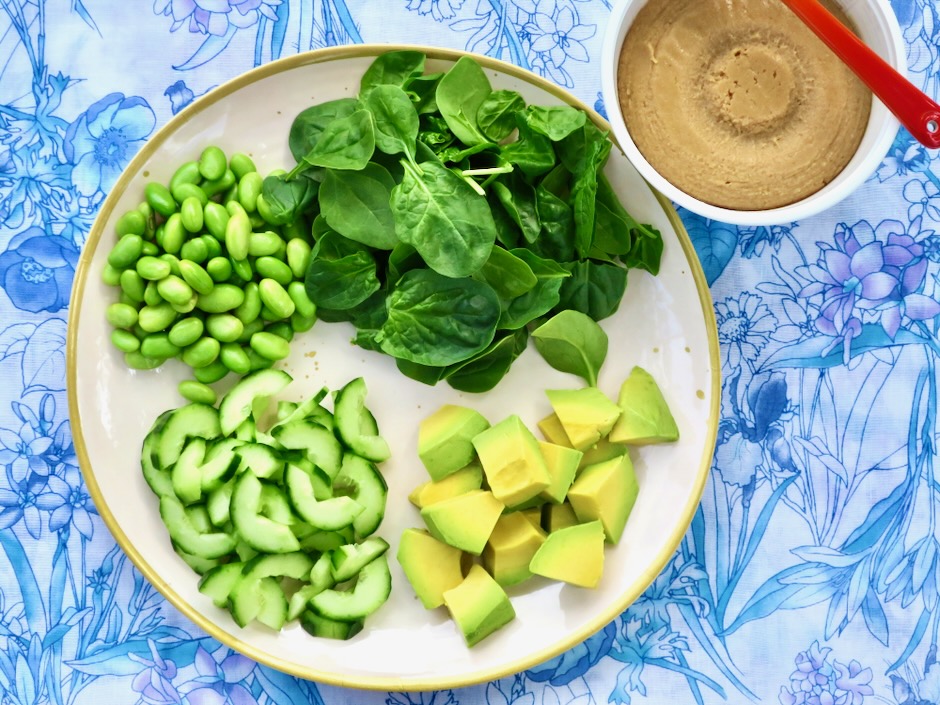
The assortment of green ingredients above contributes to this stunning rice bowl. Feel free to switch up with whatever you may have available in your refrigerator. Chopped red cabbage, sautéed carrots, peas, corn, steamed broccoli or roasted veggies would all be tasty additions.
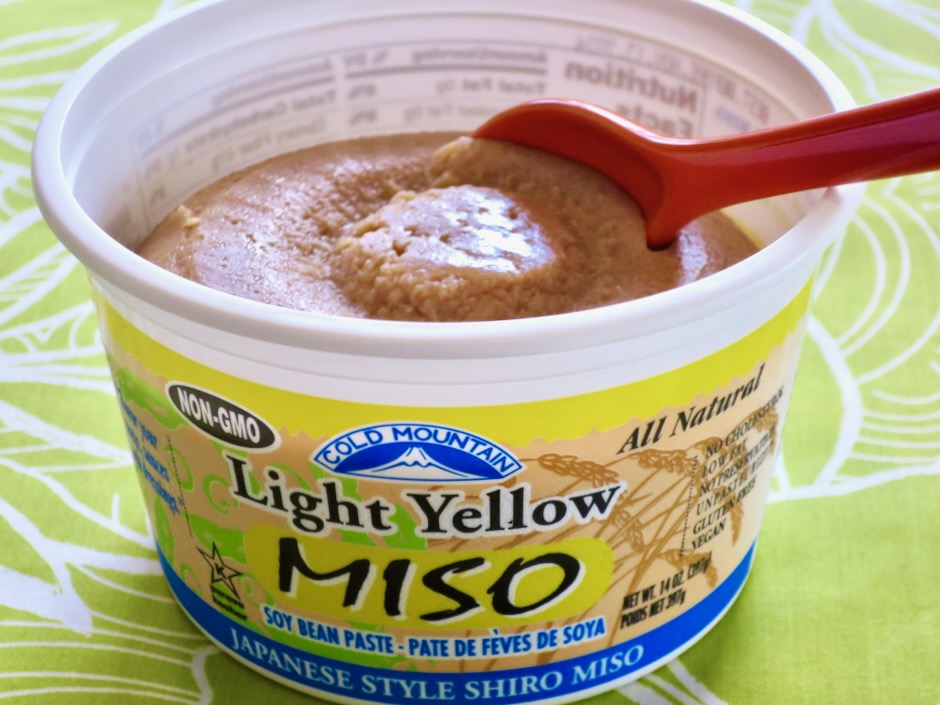
Light miso paste has a slightly sweet and delicate flavor which makes it ideal for dressings.
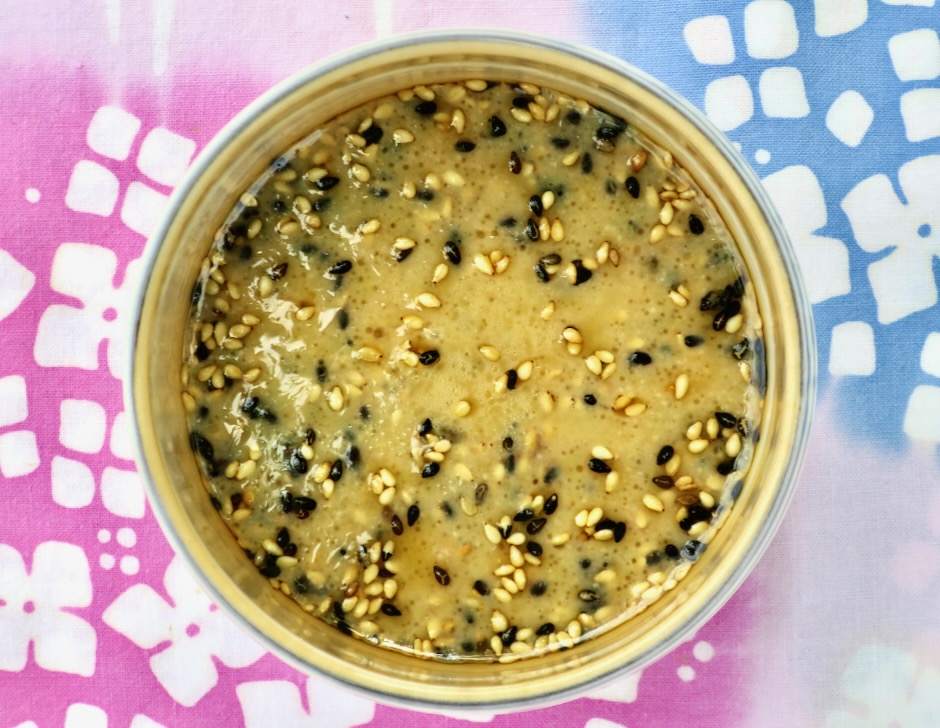
With slightly earthy notes and a subtle nutty flavor, short grain brown rice is the perfect foil for velvety avocados, crispy cucumbers, edamame, spinach and the umami rich miso dressing.
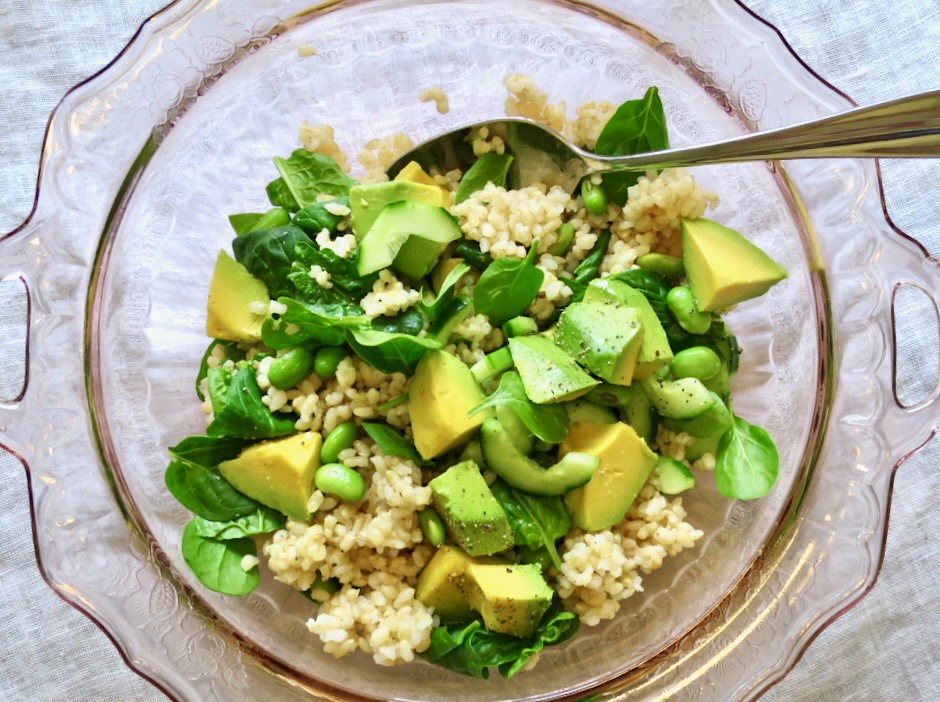
Serving soy sauce eggs with the salad is a must for me. It brings the entire dish together and makes for a hearty lunch. The various textures and shades of green turn these humble ingredients into a striking and delicious meal. Oishii!
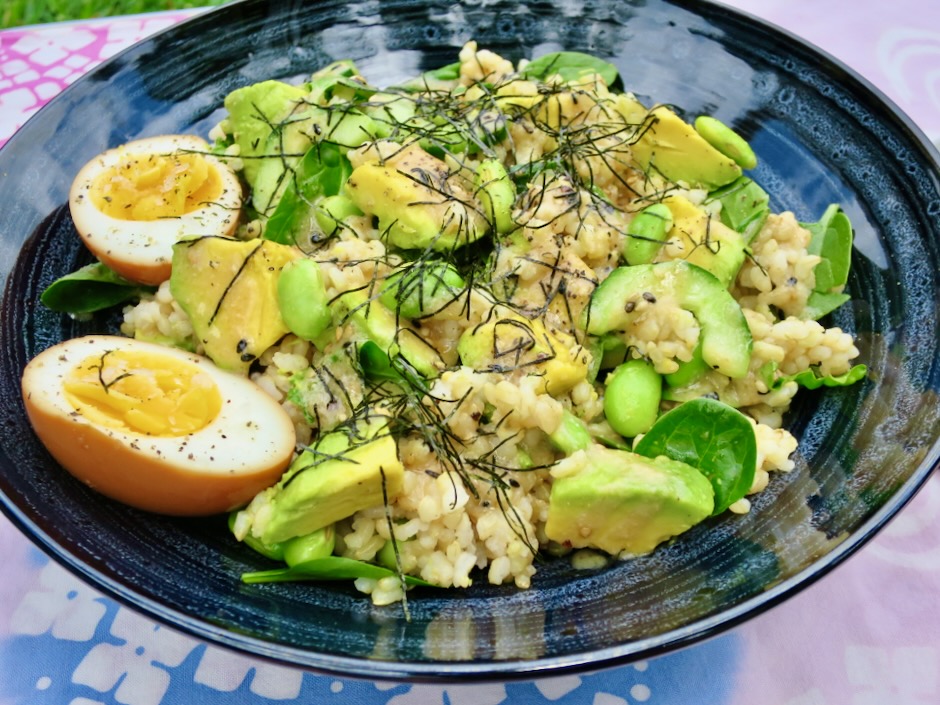
Sushi Salad
4
servingsRecipe adapted from Hetty McKinnon
Ingredients
- Miso Dressing
2 1/2 tablespoons light miso paste
1 tablespoon toasted sesame oil (Kadoya recommended)
1 1/2 tablespoons mirin
1 1/2 teaspoons sugar
2 teaspoons roasted sesame seeds (white, black, or both)
- Rice Salad
4 cups cooked short grain brown rice, room temperature (or substitute with short or medium grain white rice)
1 cup boiled edamame beans, cooled
2 small Japanese cucumbers sliced into thin half moons
2 small avocados, diced into large pieces
2 handfuls baby spinach leaves
Kizami (shredded) nori for topping (or a toasted nori sheet cut into thin strips)
Kosher salt
Freshly ground black pepper
4 soy sauce eggs for serving (optional but recommended)
Directions
- Whisk together the miso paste, sesame oil, mirin, sugar, and 2-3 tablespoons of water until well combined. Stir in sesame seeds. Set aside or refrigerate until ready to serve if making in advance.
- In a large bowl, combine the cooled rice, edamame, cucumber, avocado, and baby spinach and toss together gently. Transfer salad to 4 bowls, drizzle over some of the miso dressing. Place halved soy sauce eggs in each bowl and season eggs with salt and black pepper. Sprinkle nori strips over the top just before serving. Serve with extra dressing on the side.
Notes
- Miso dressing can be made up to 5 days in advance of serving

